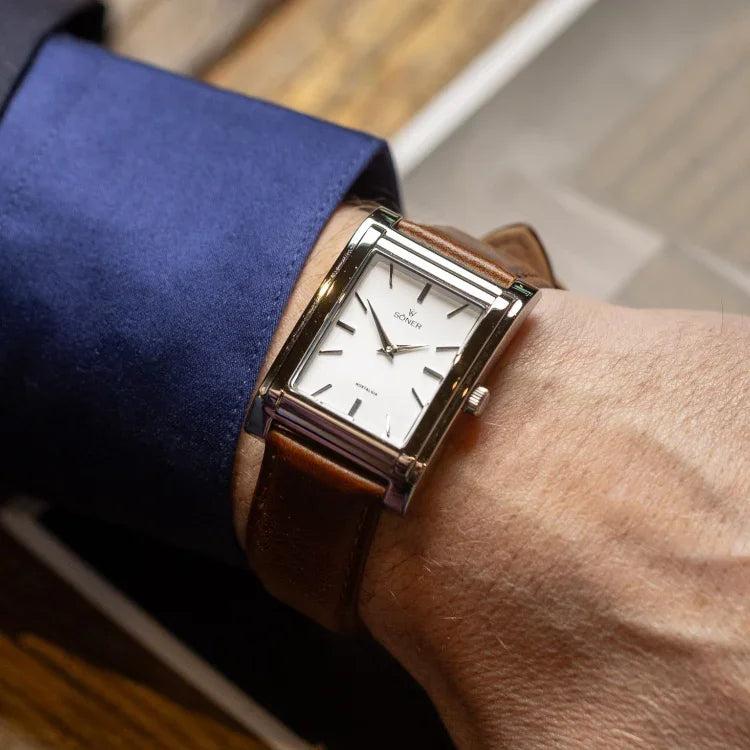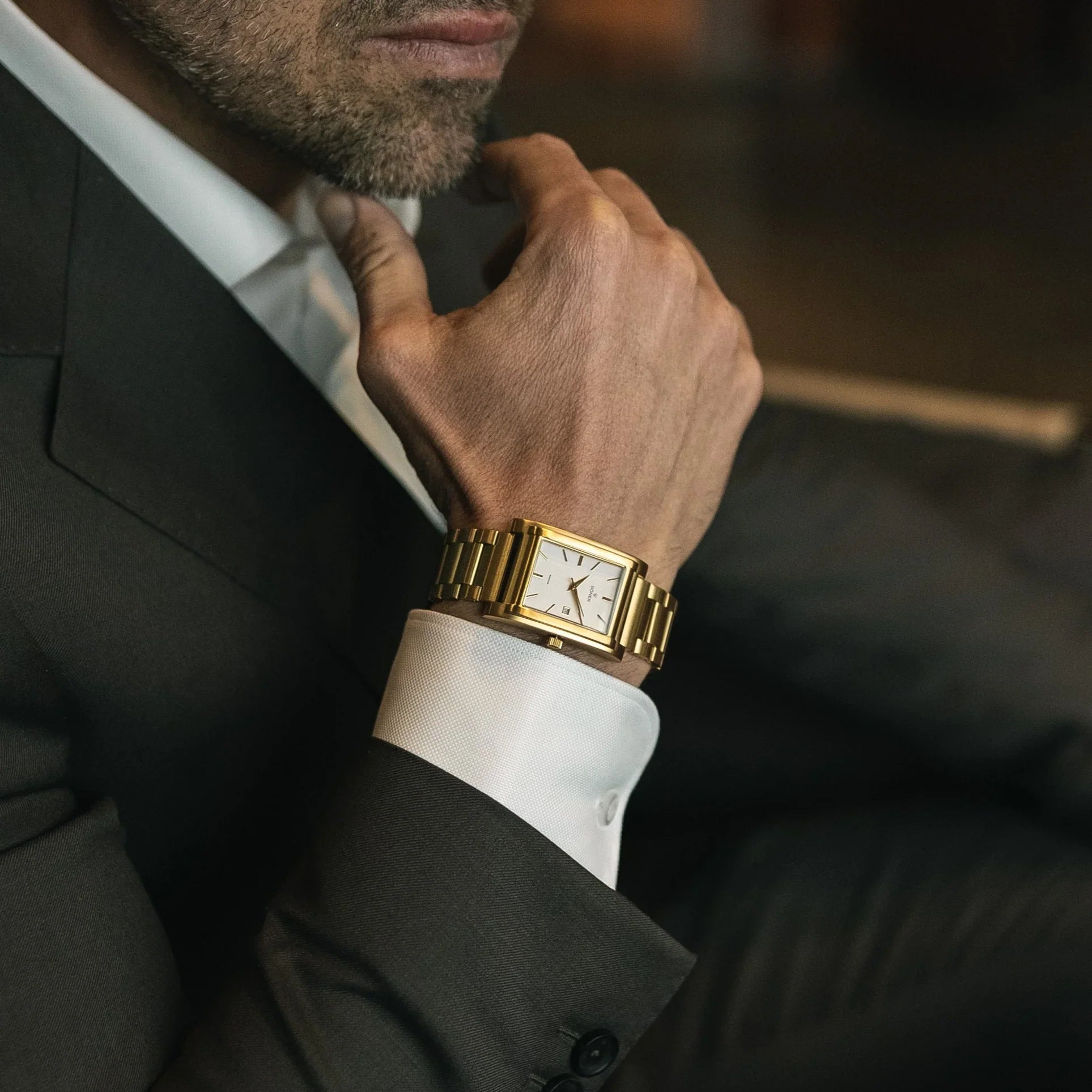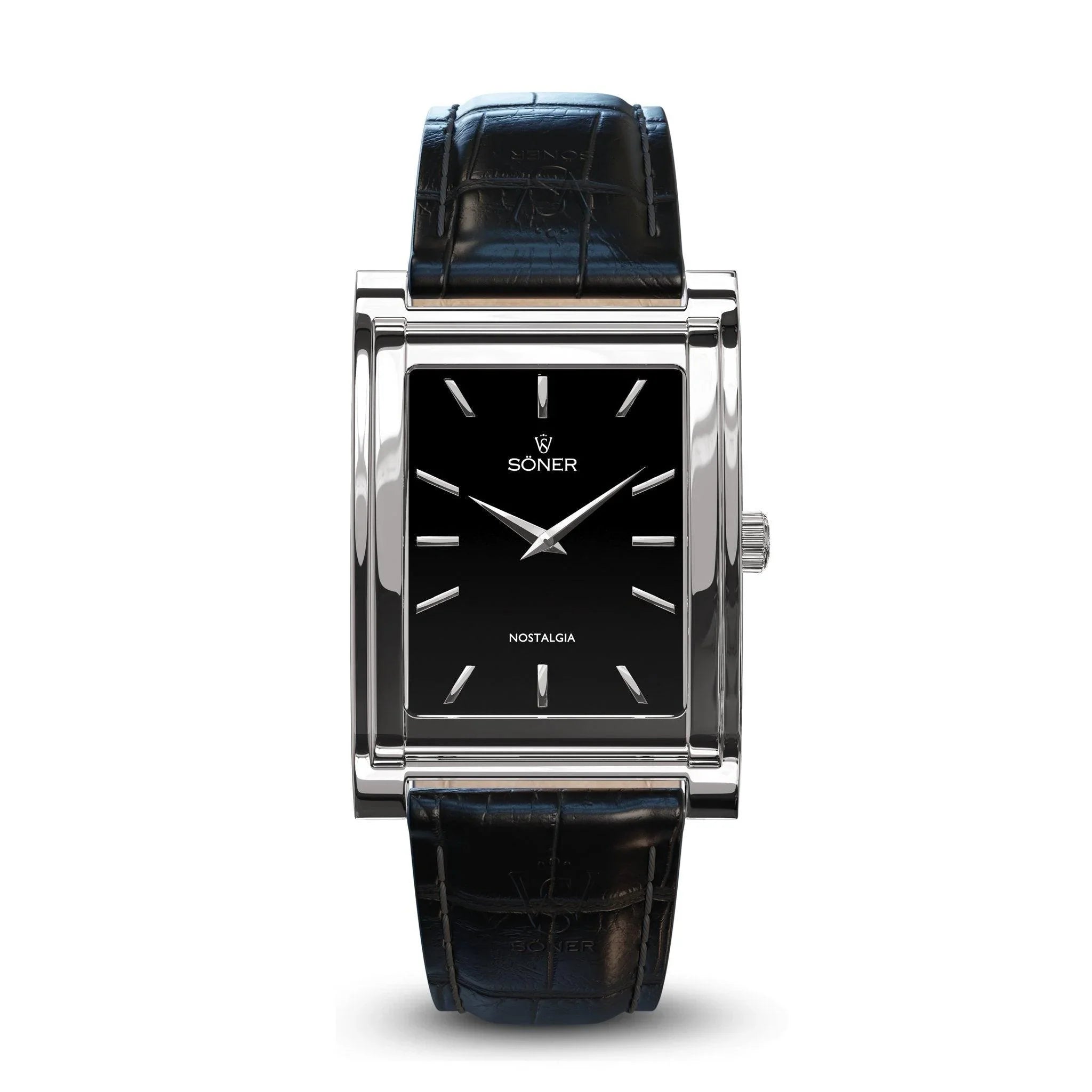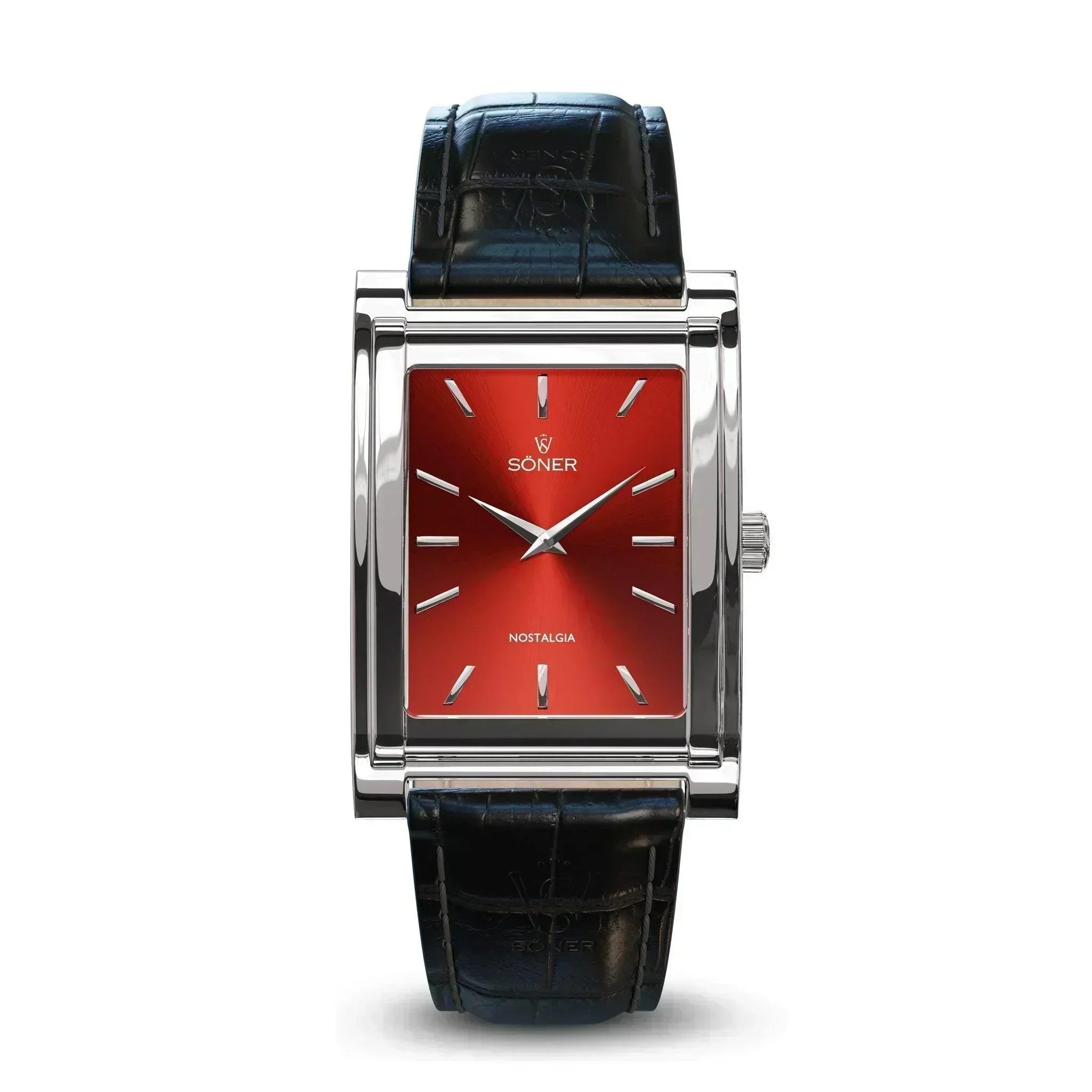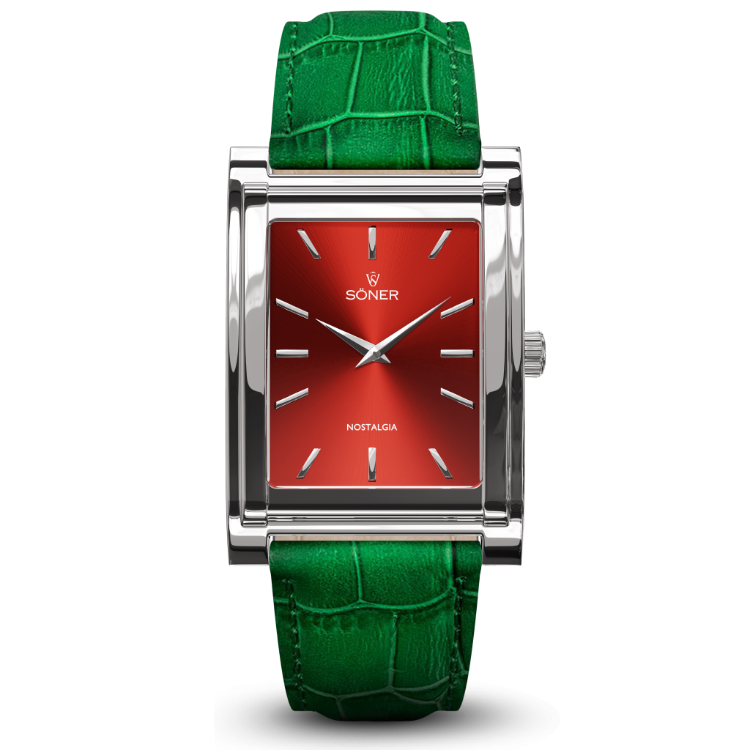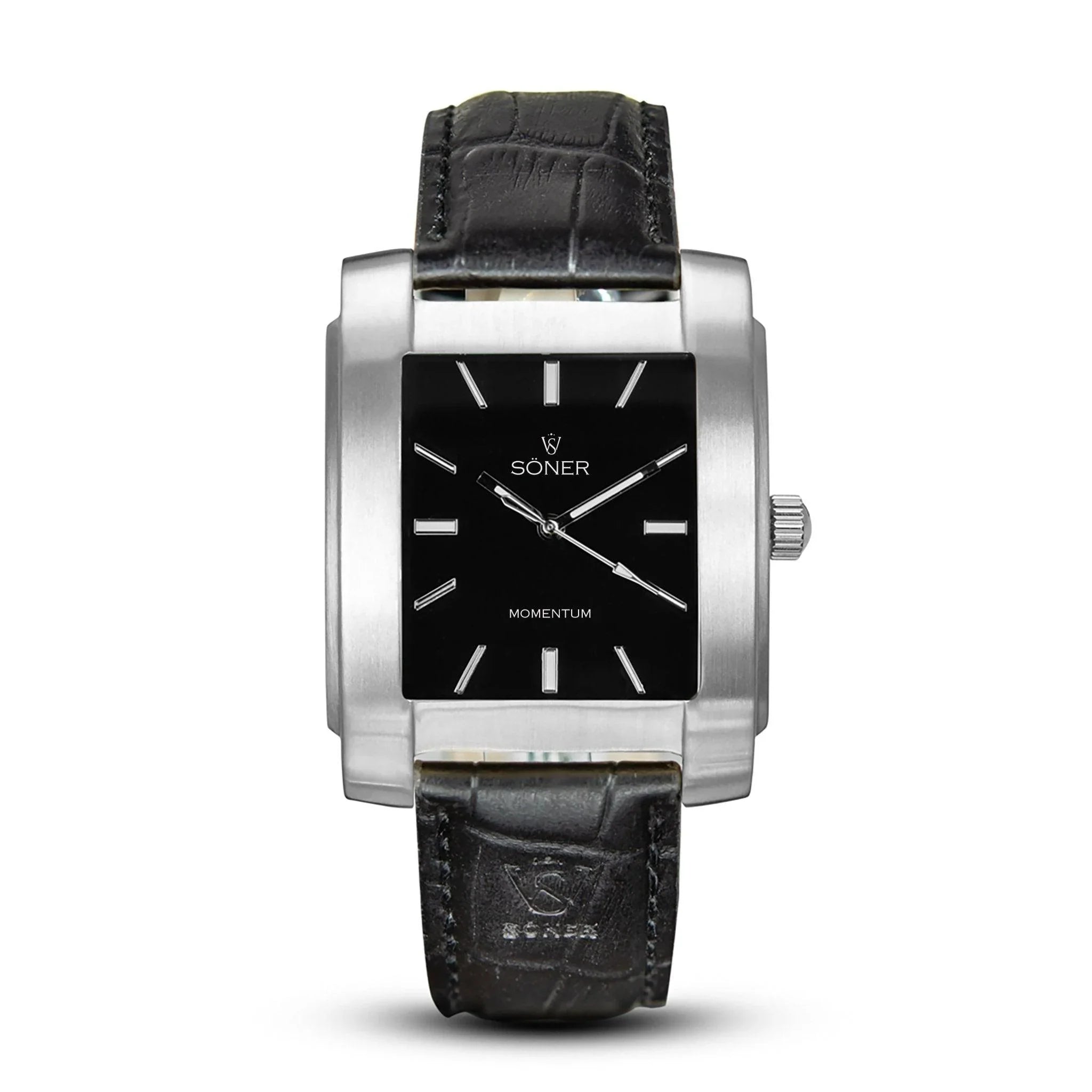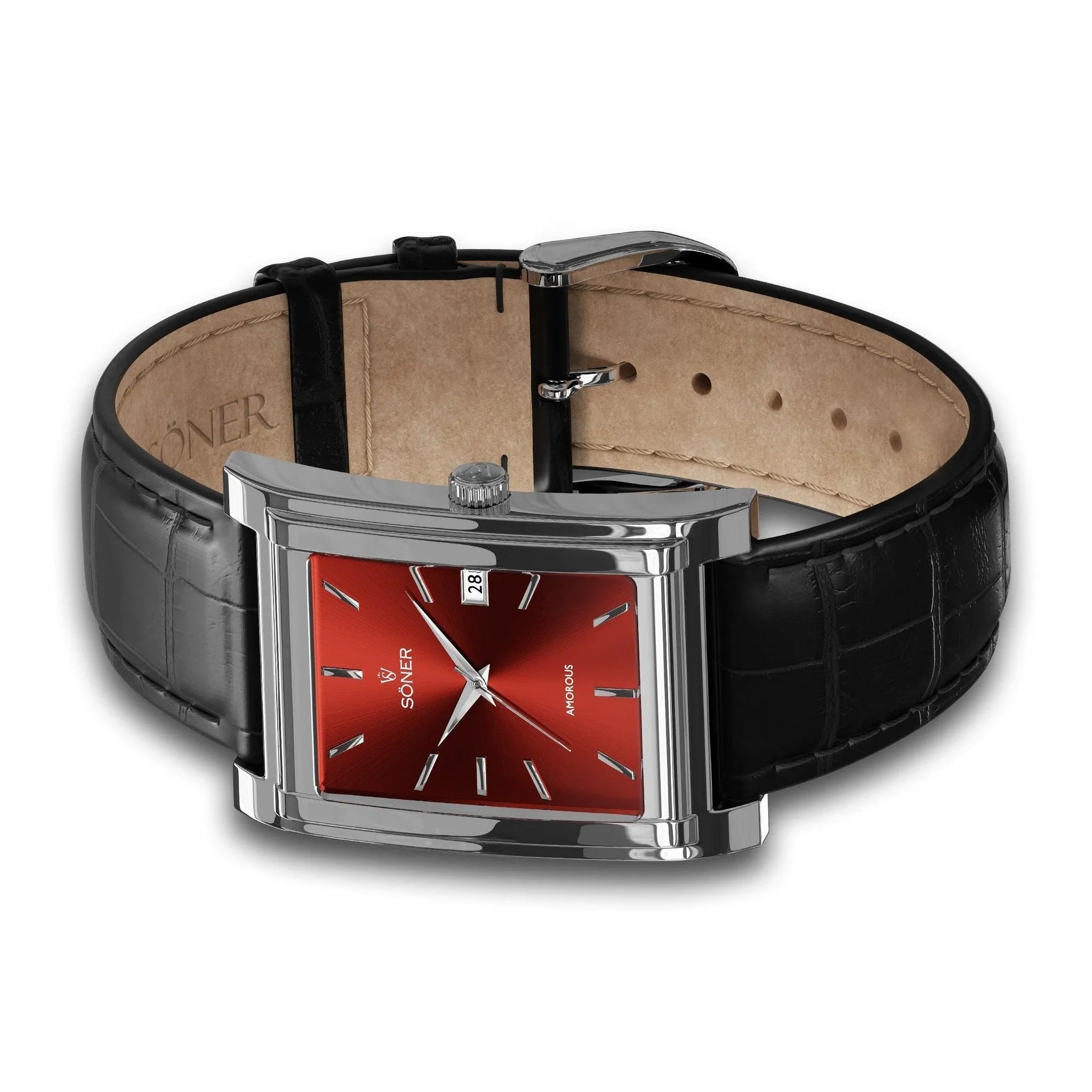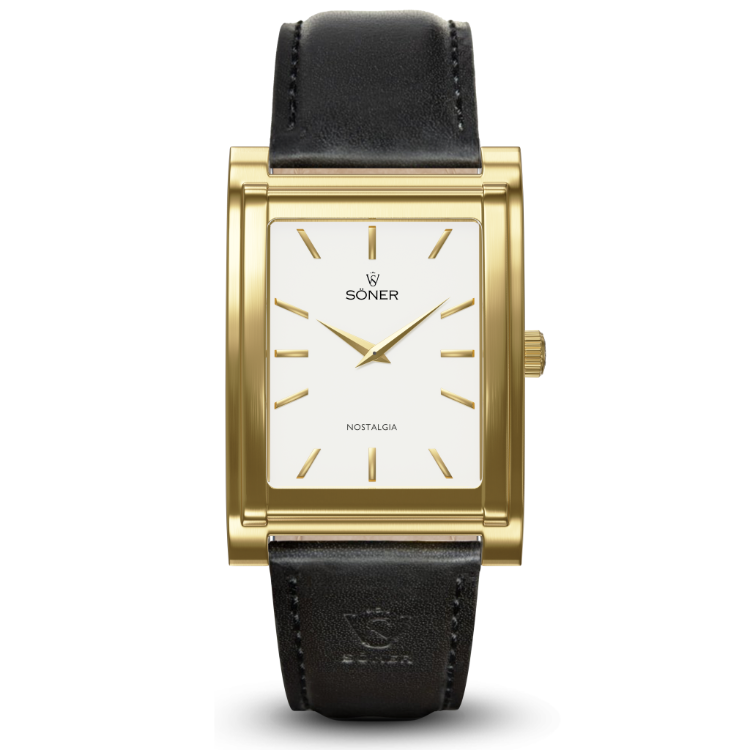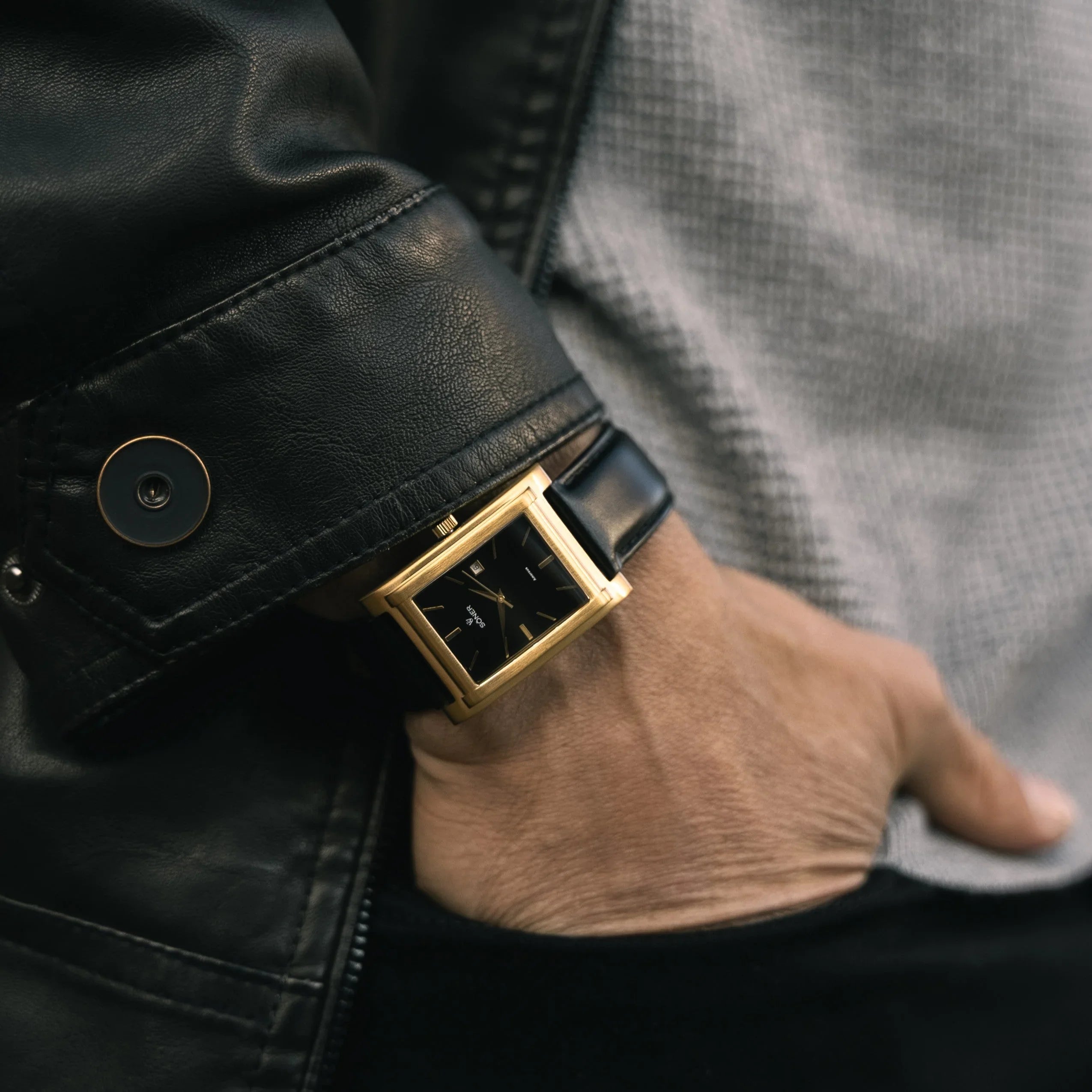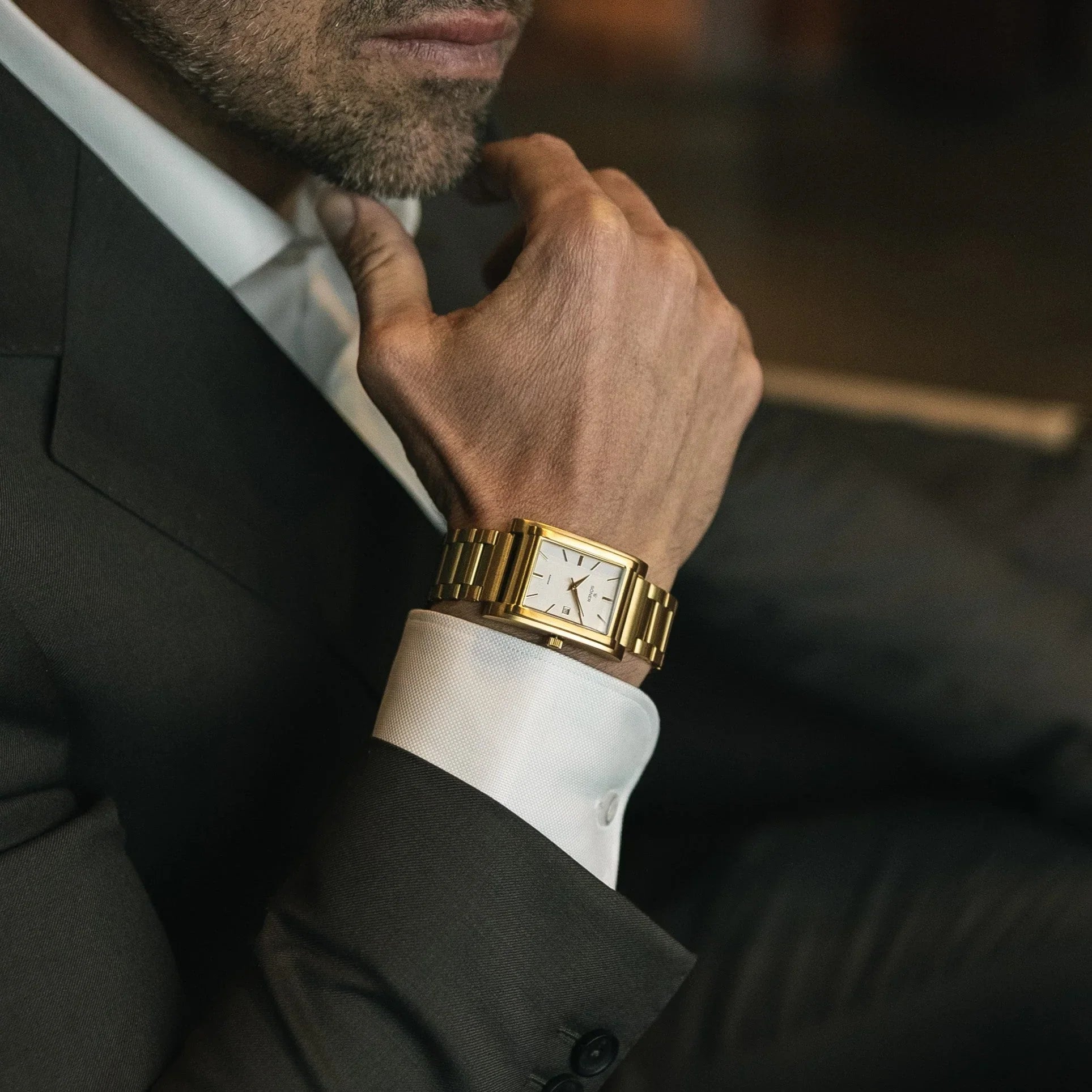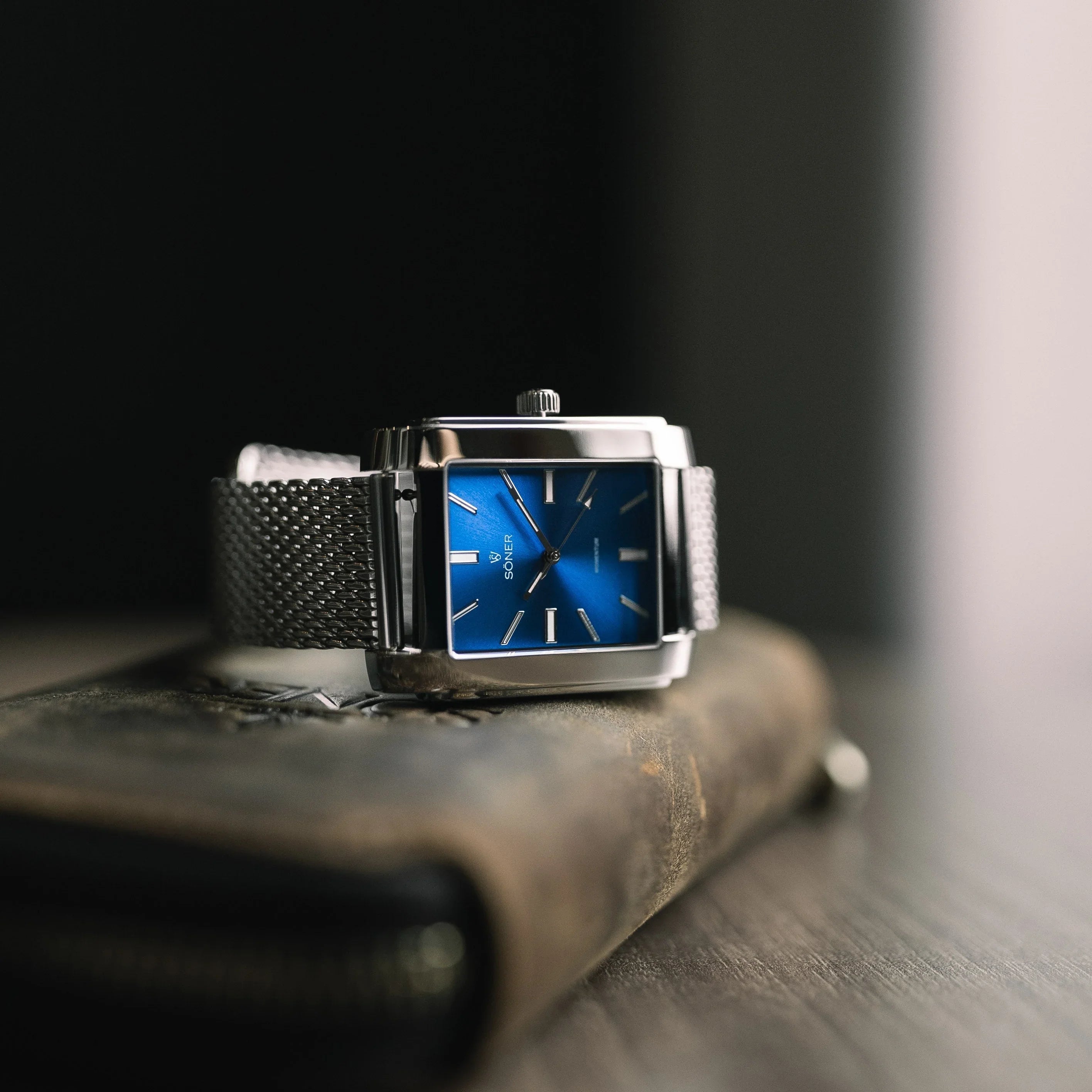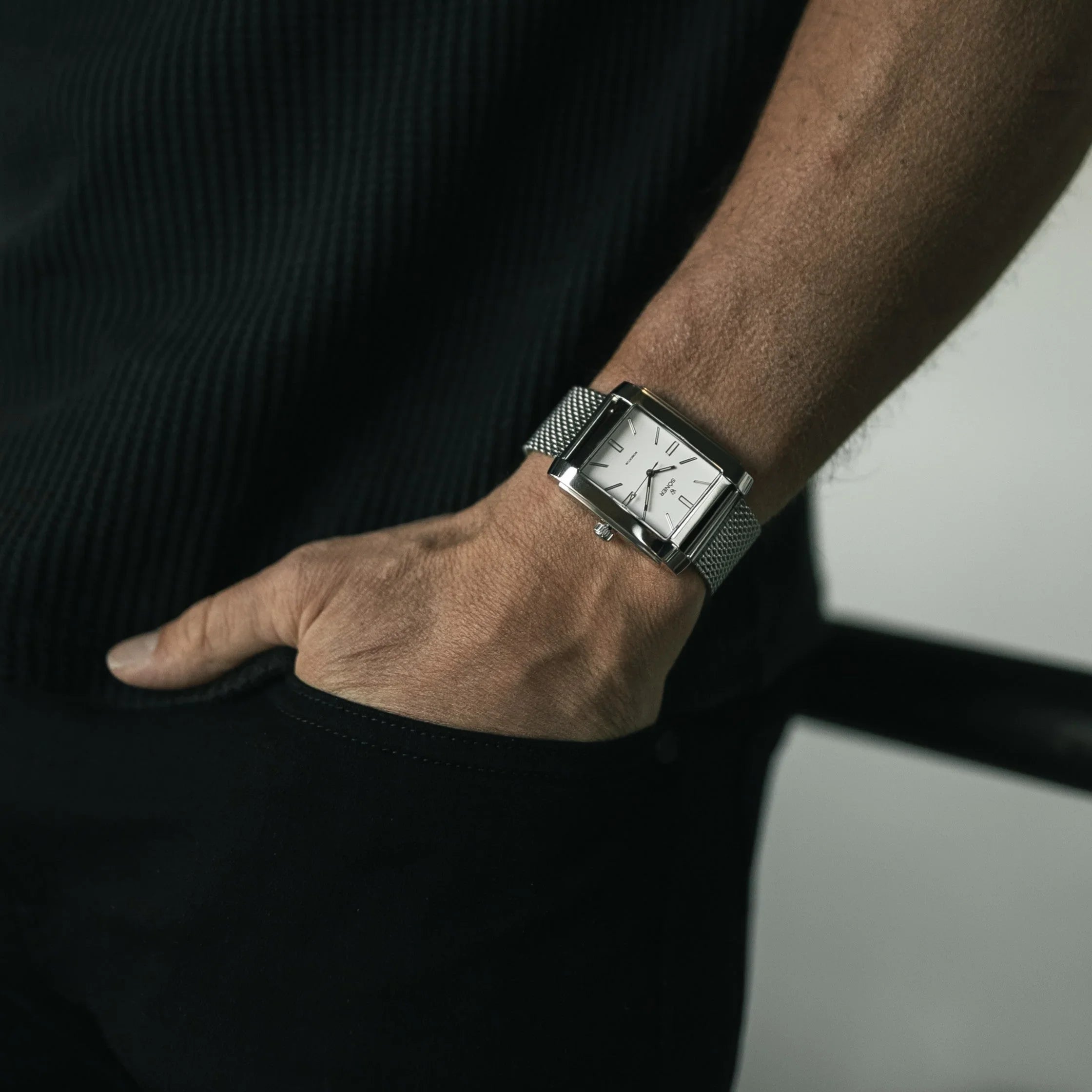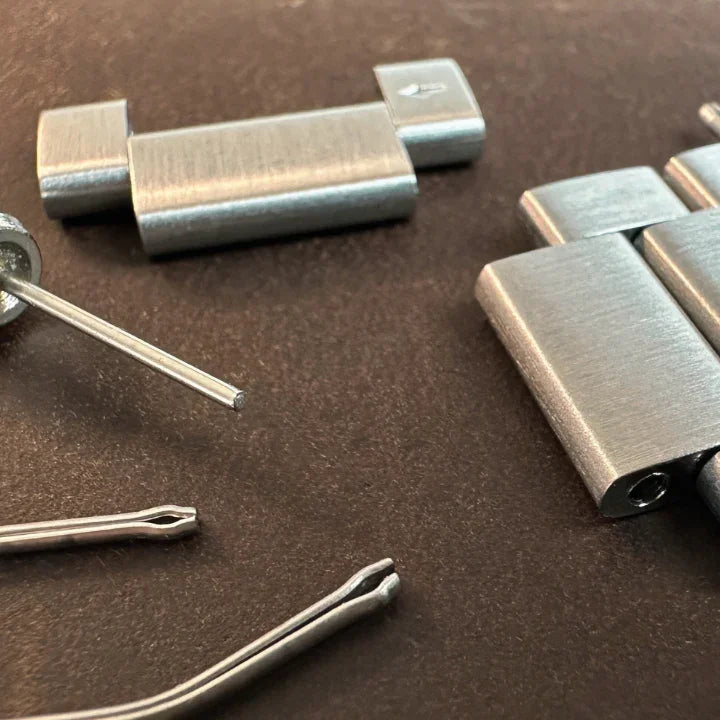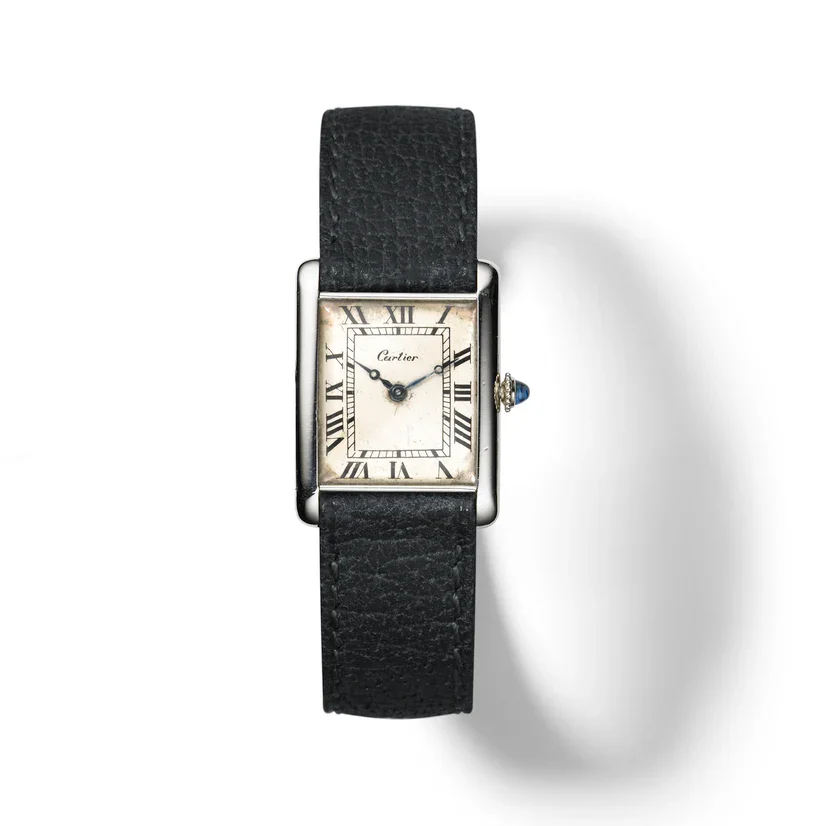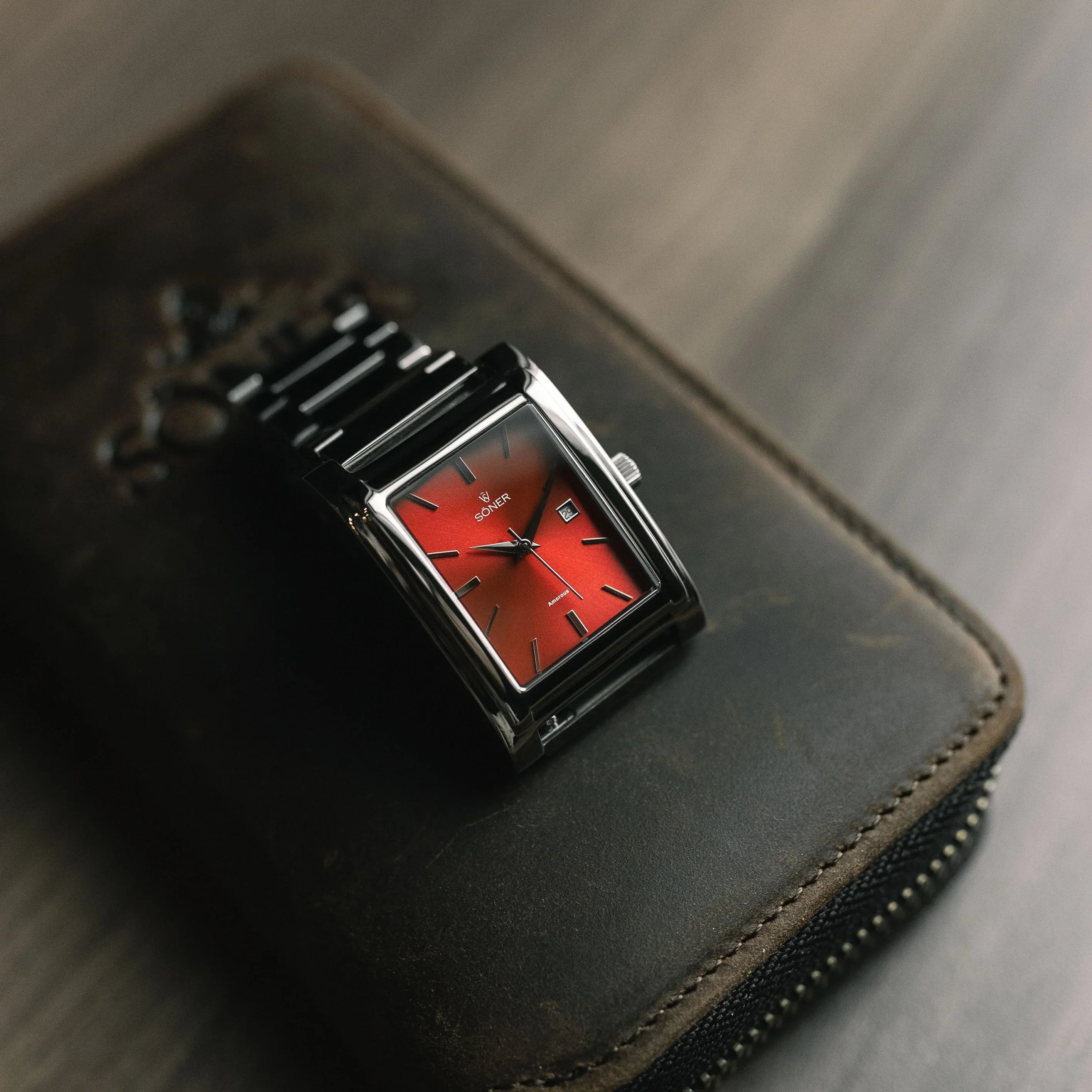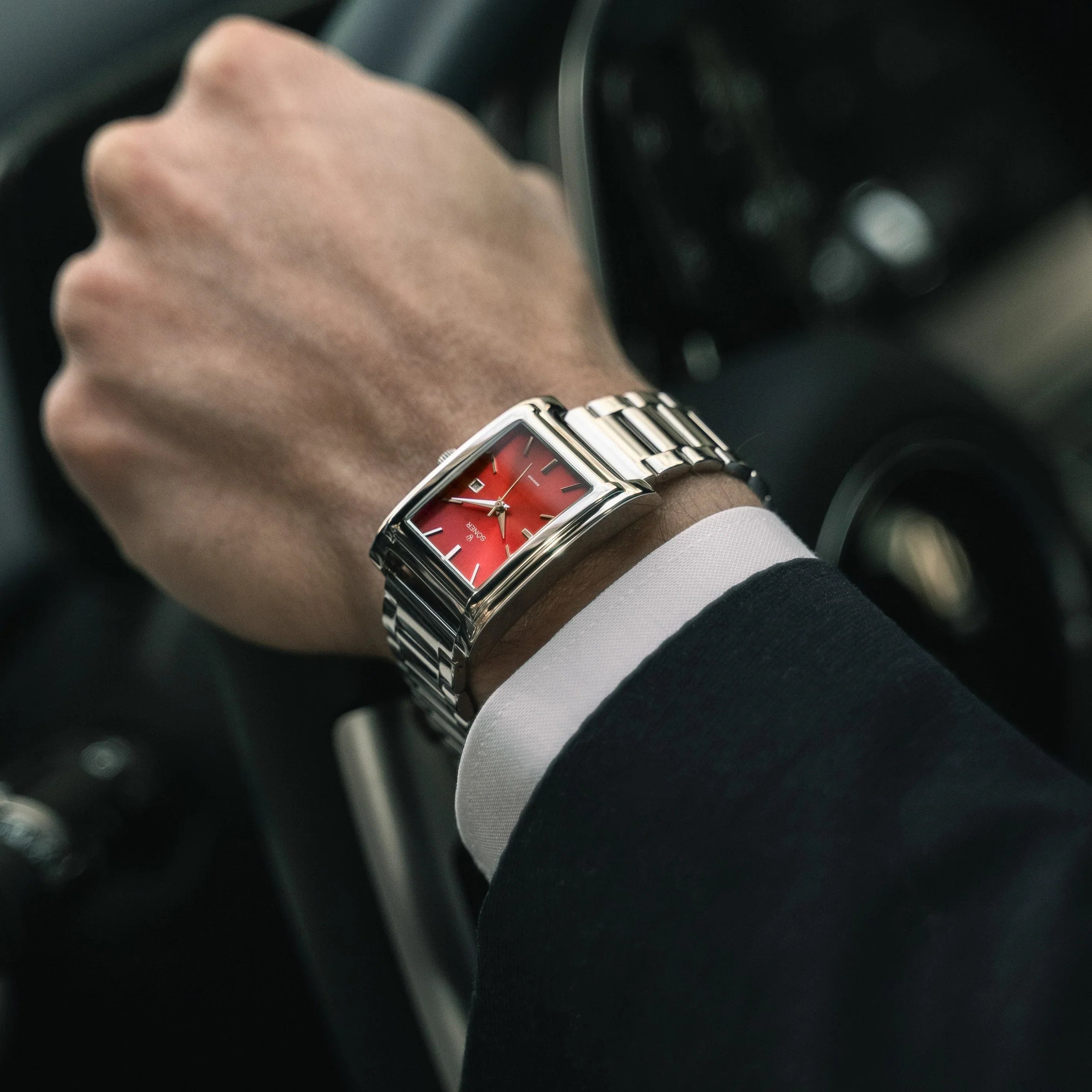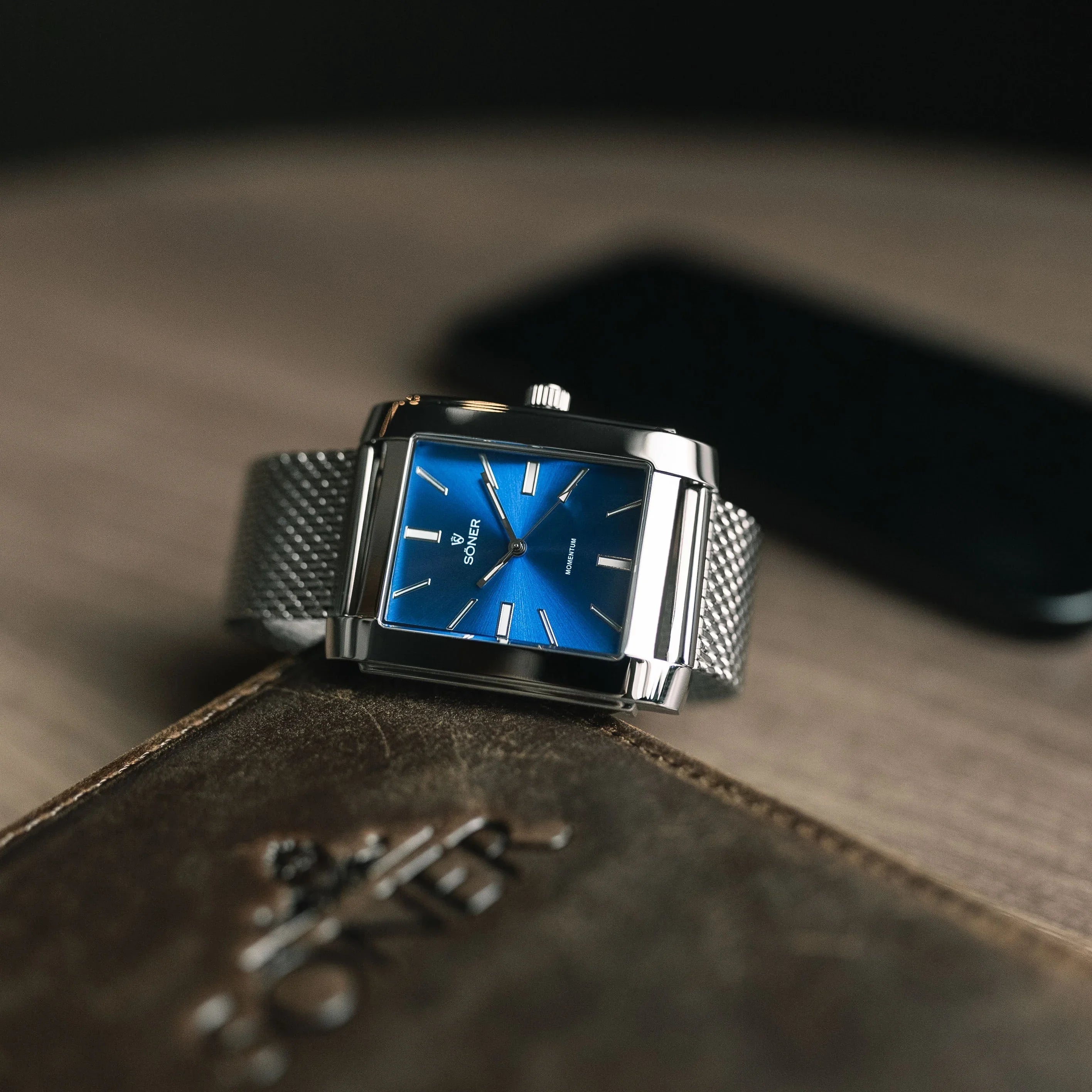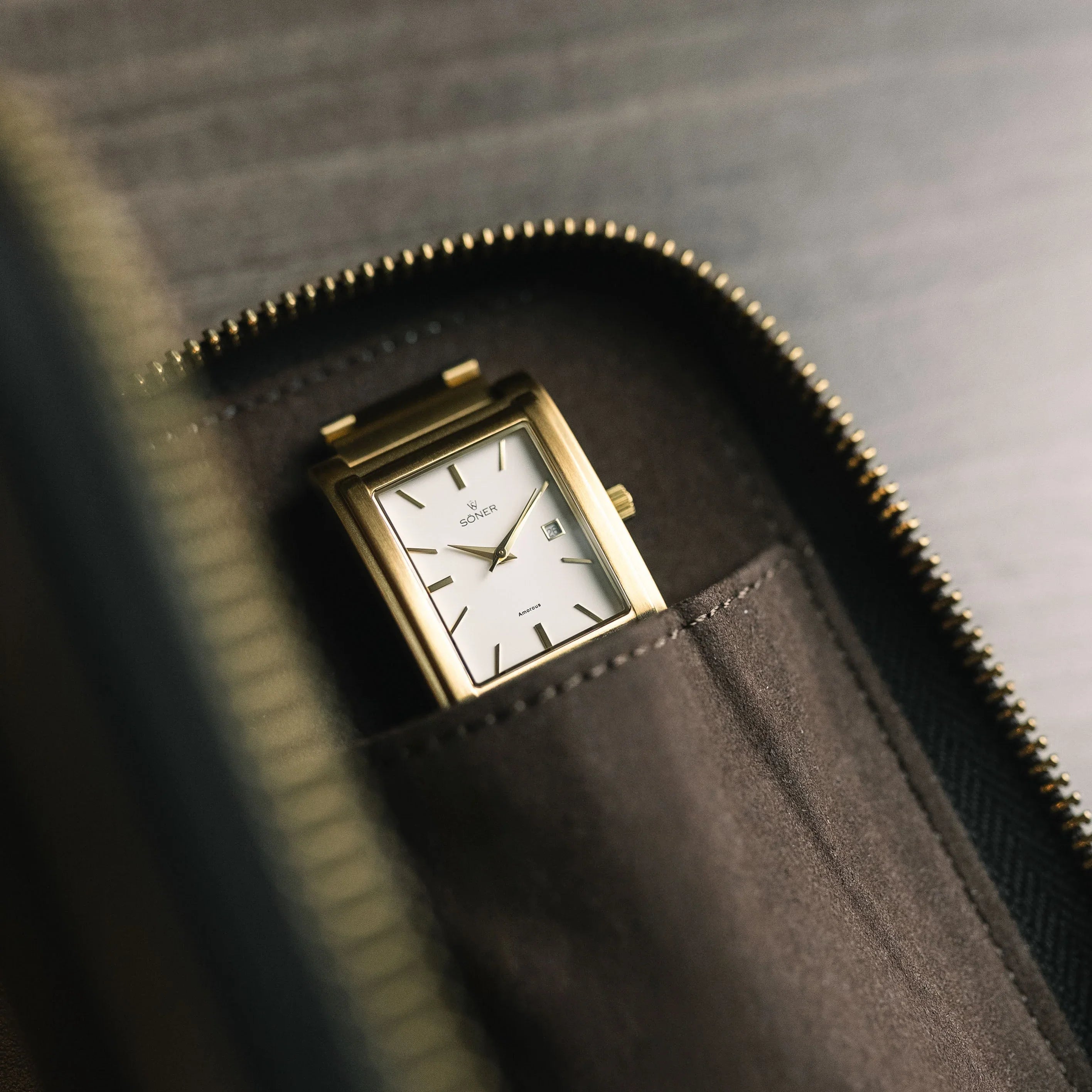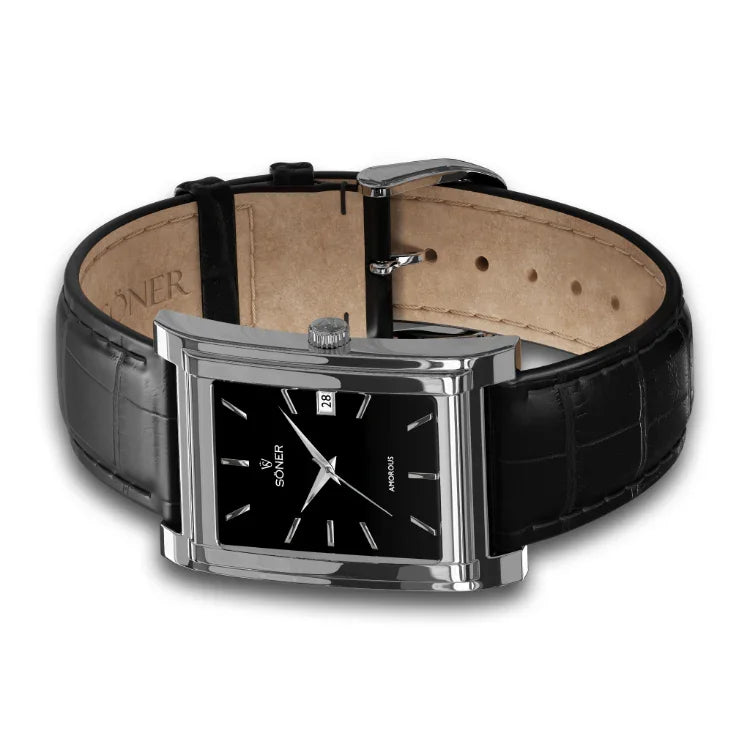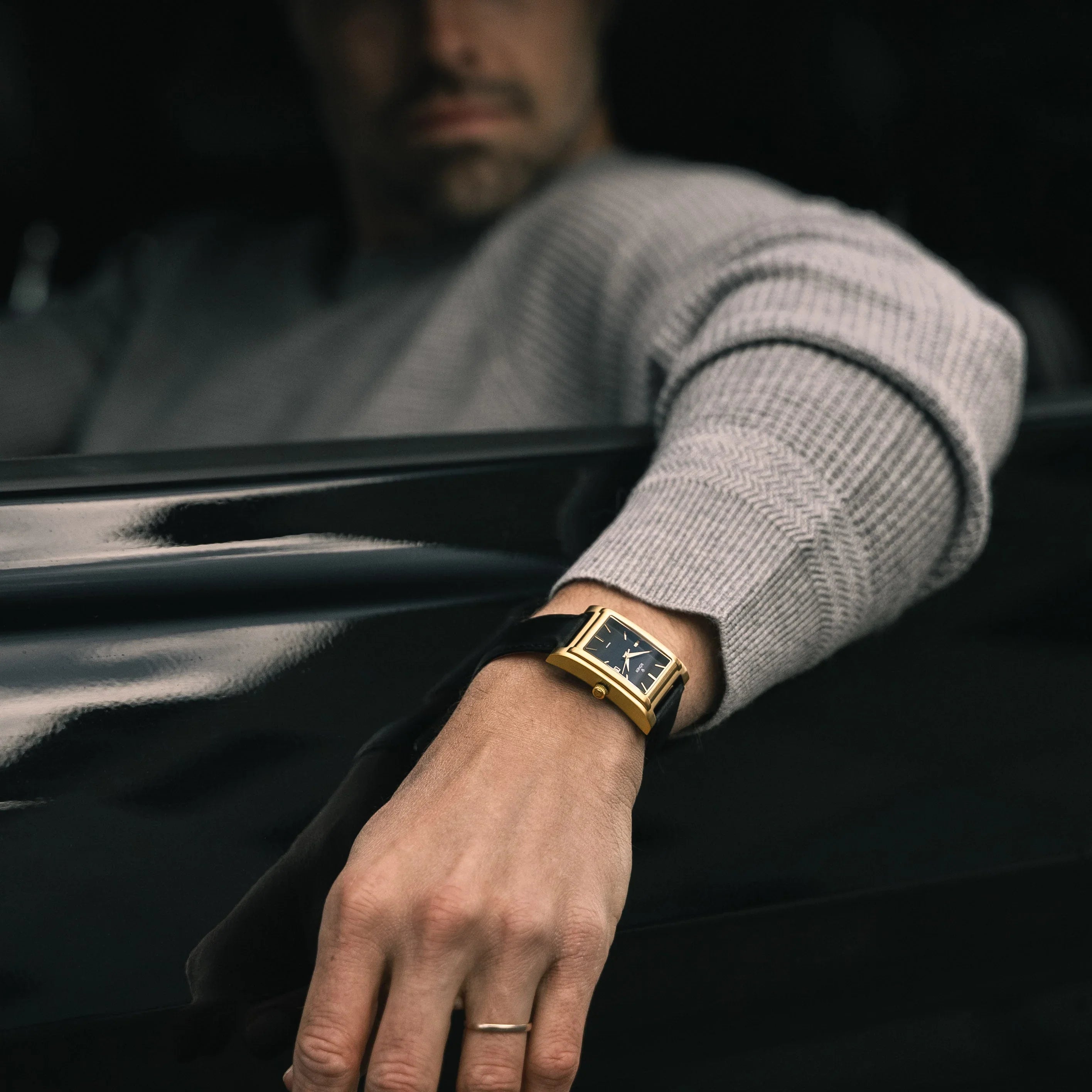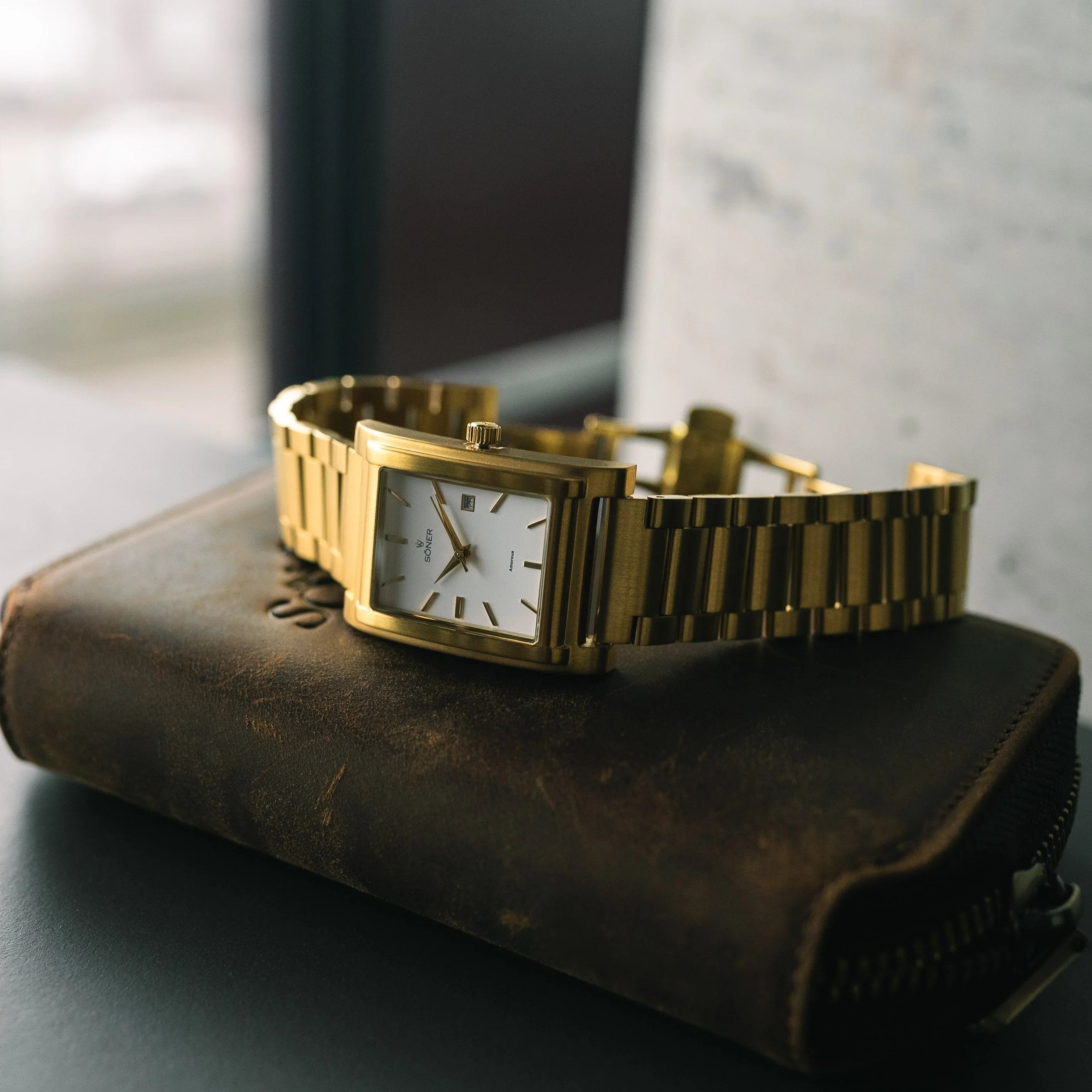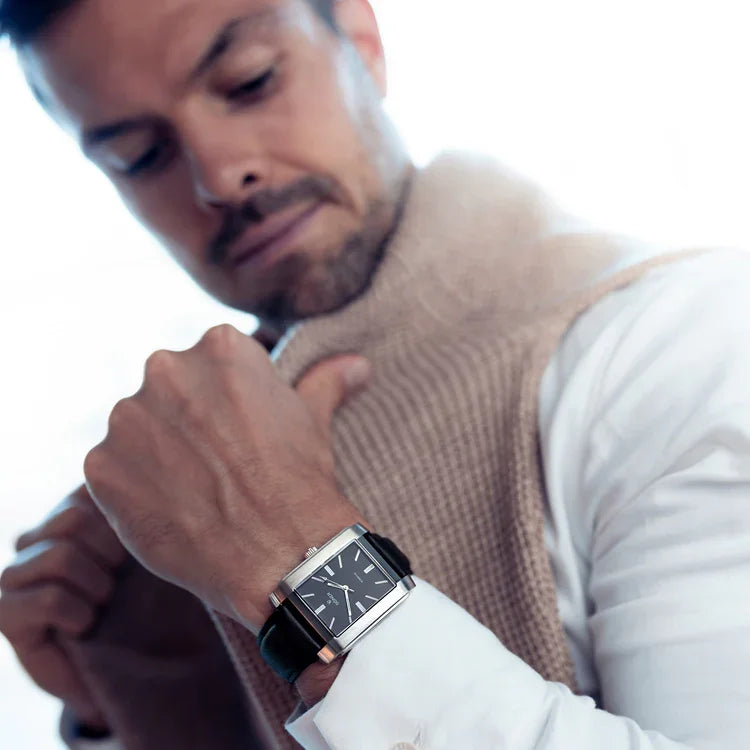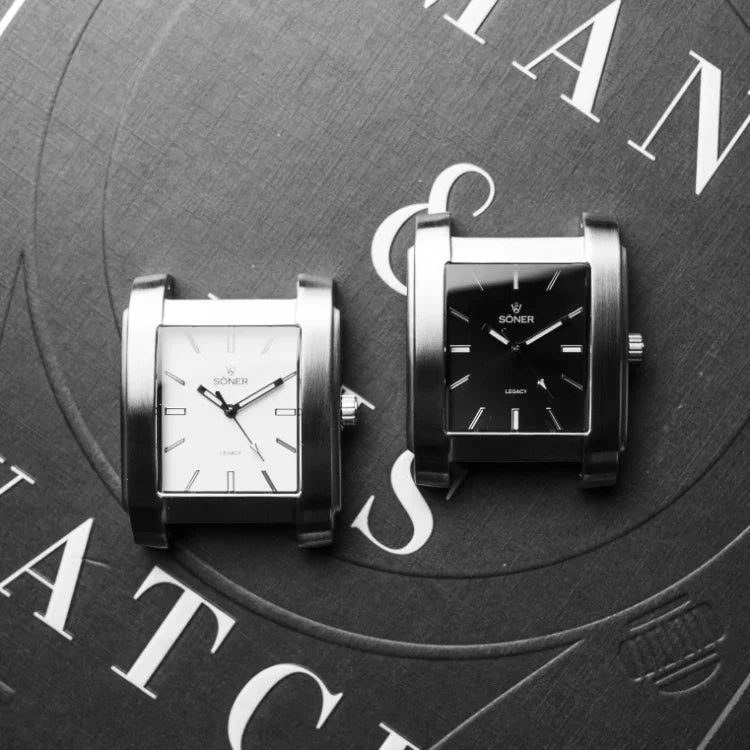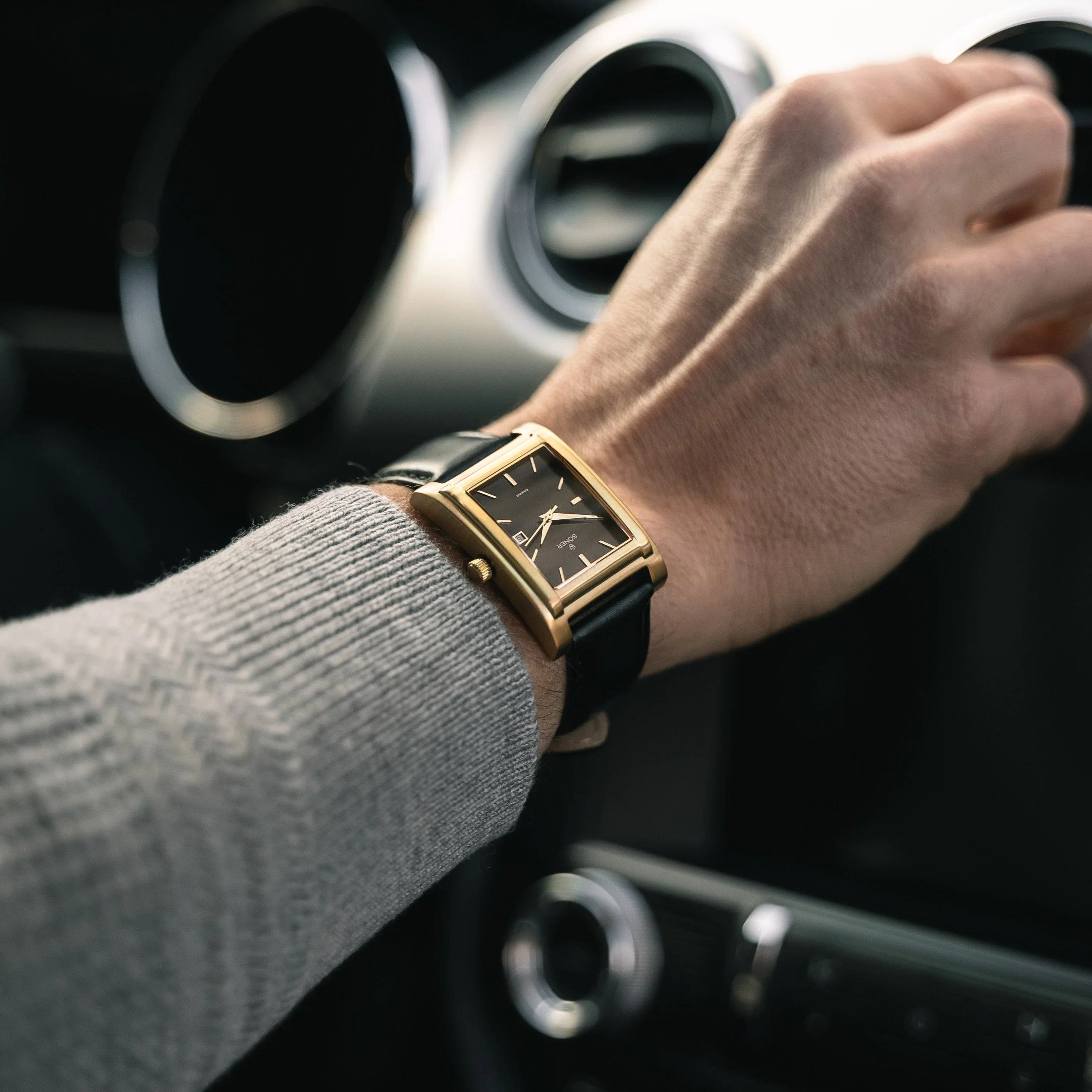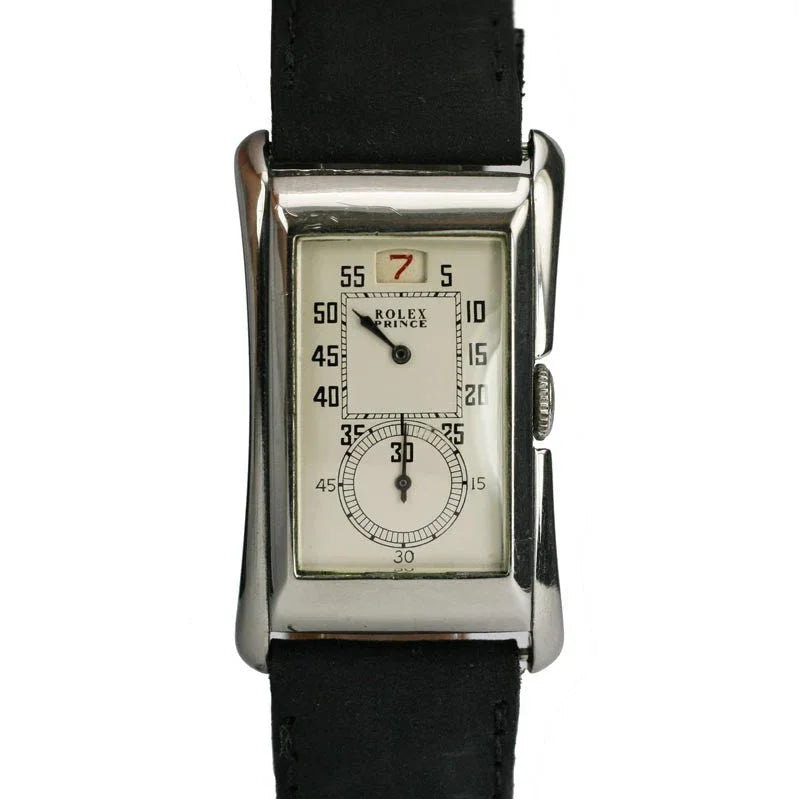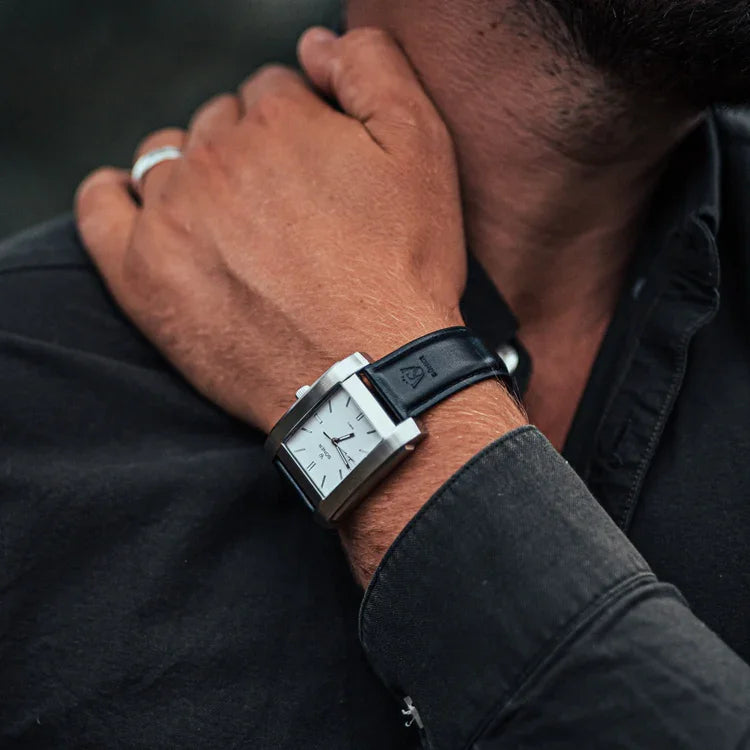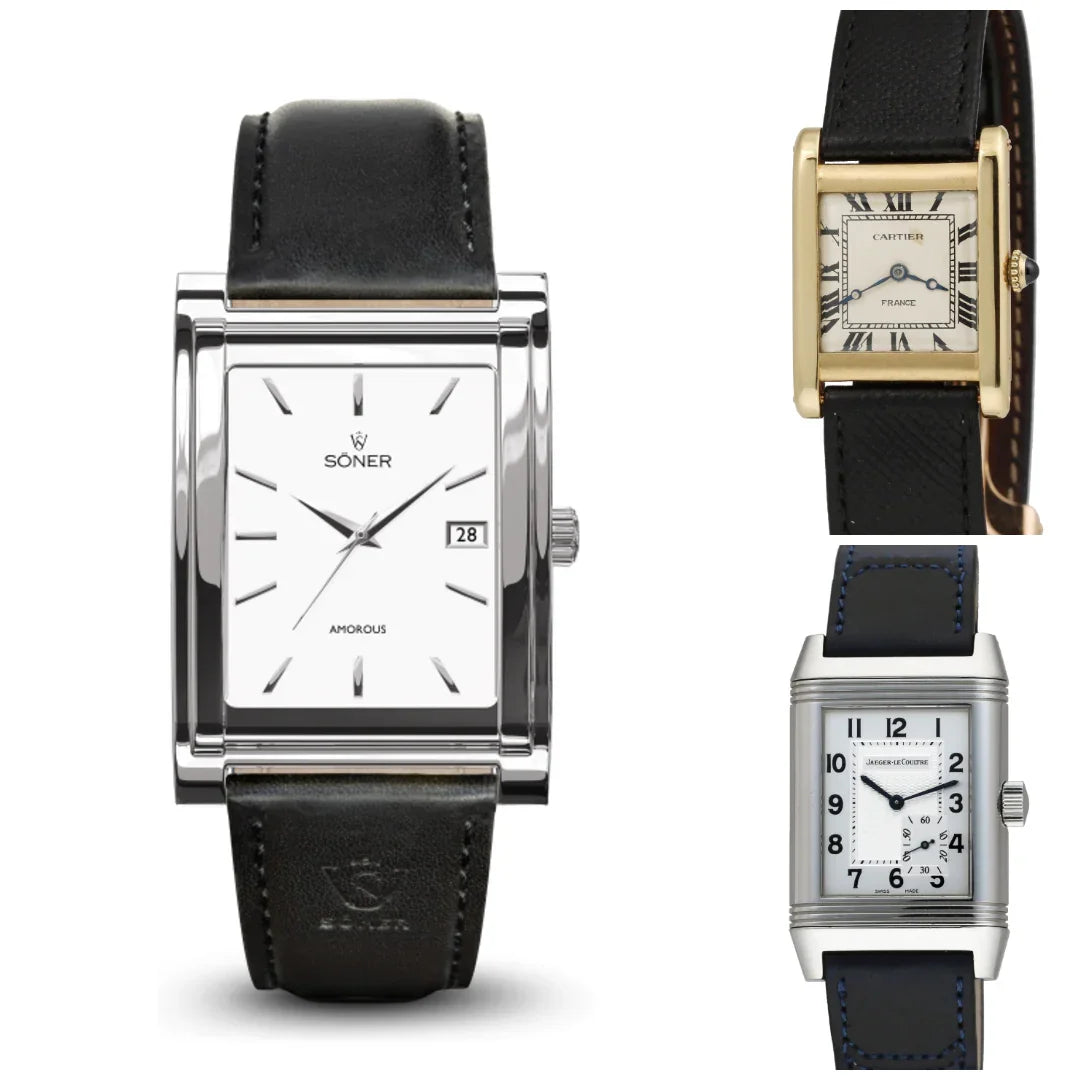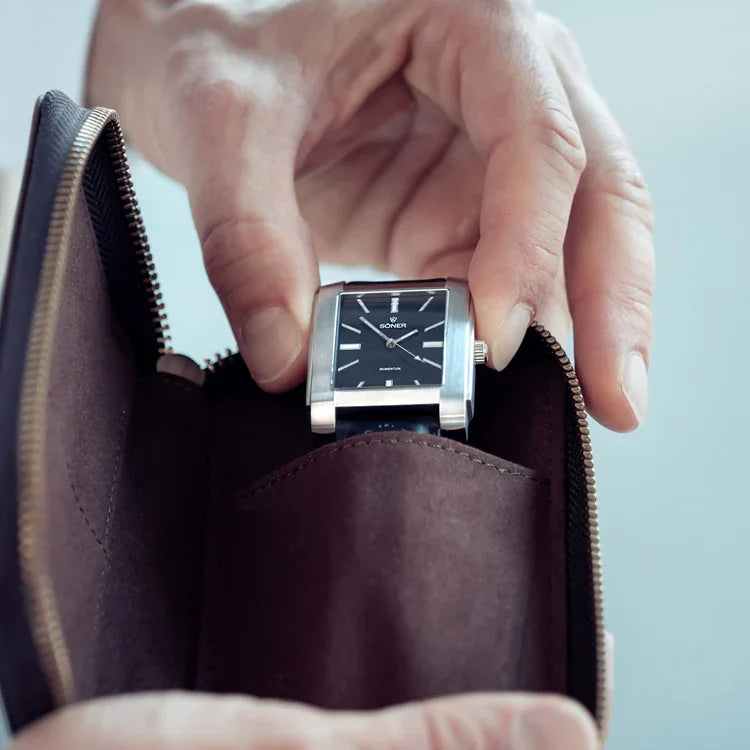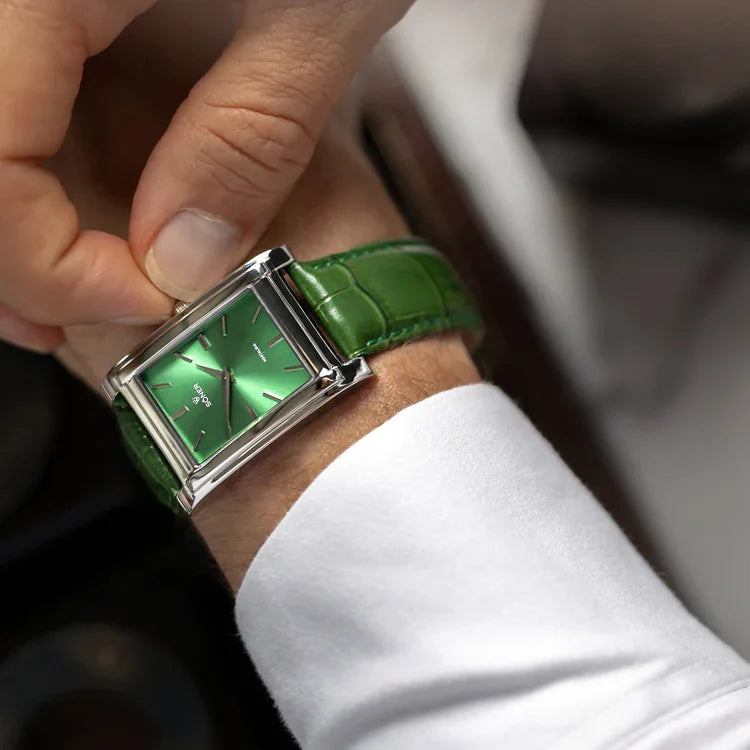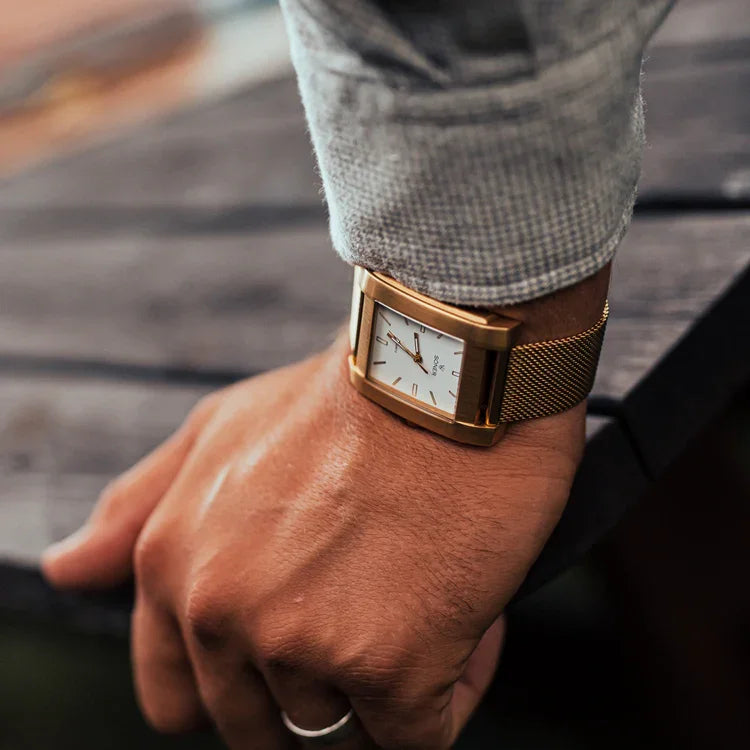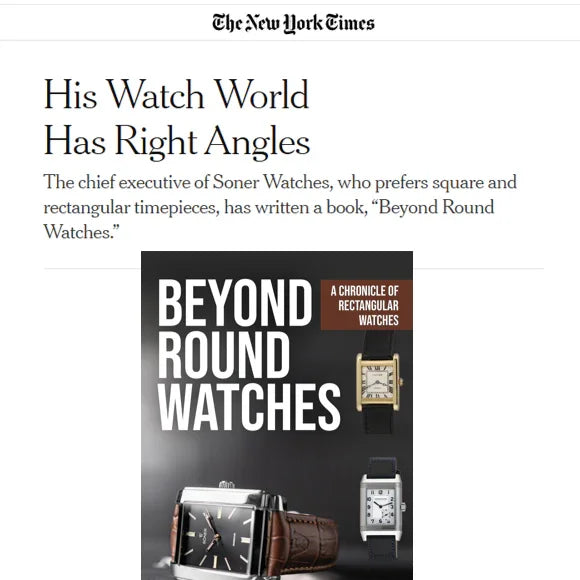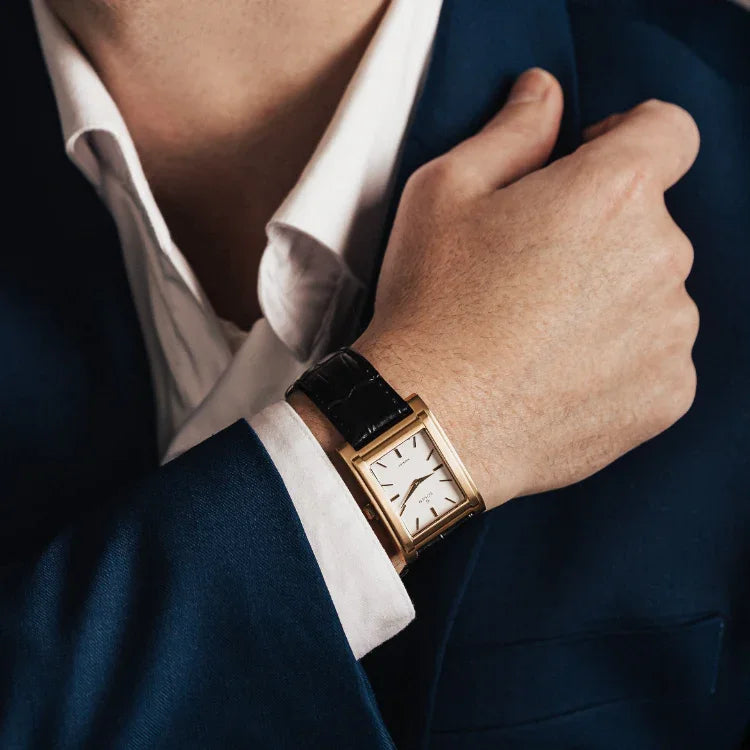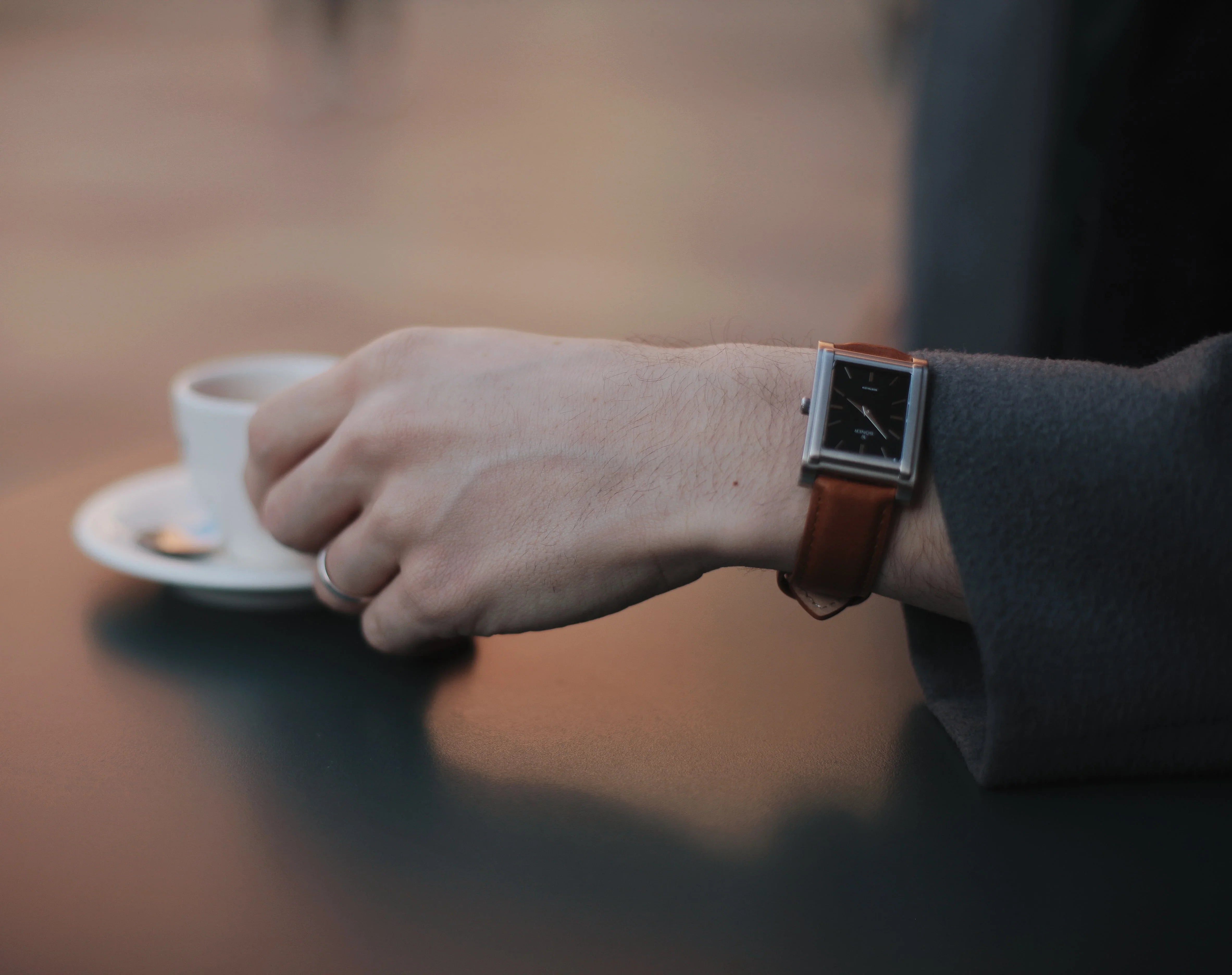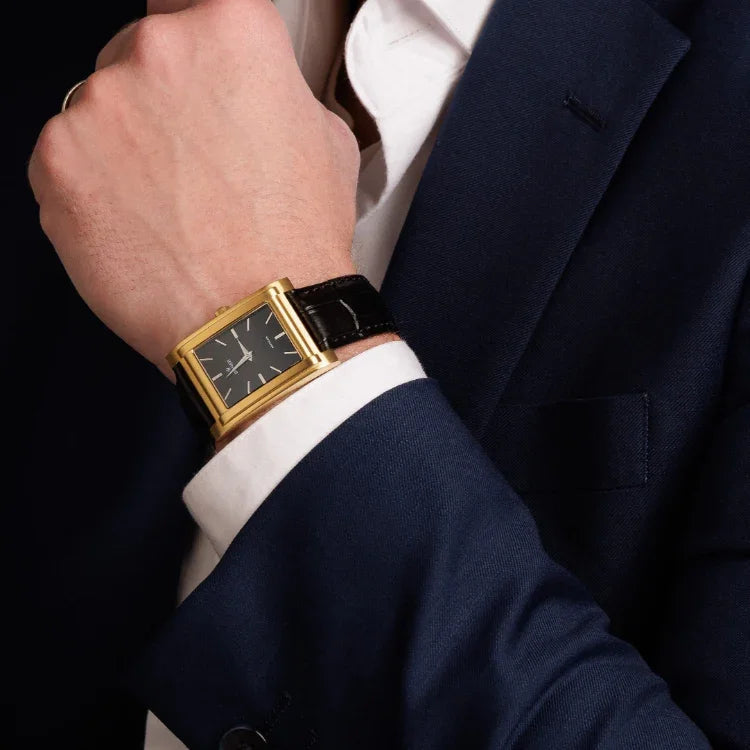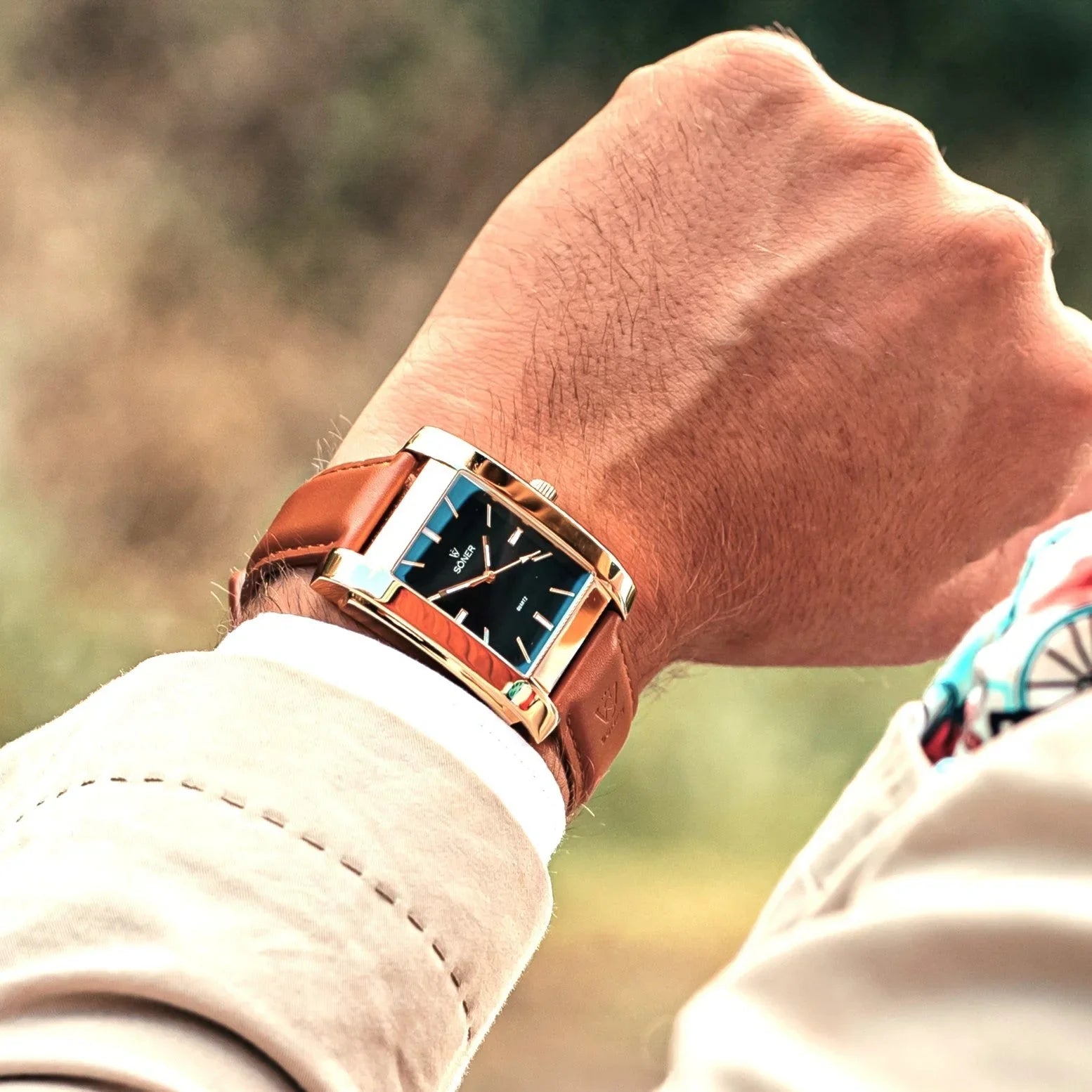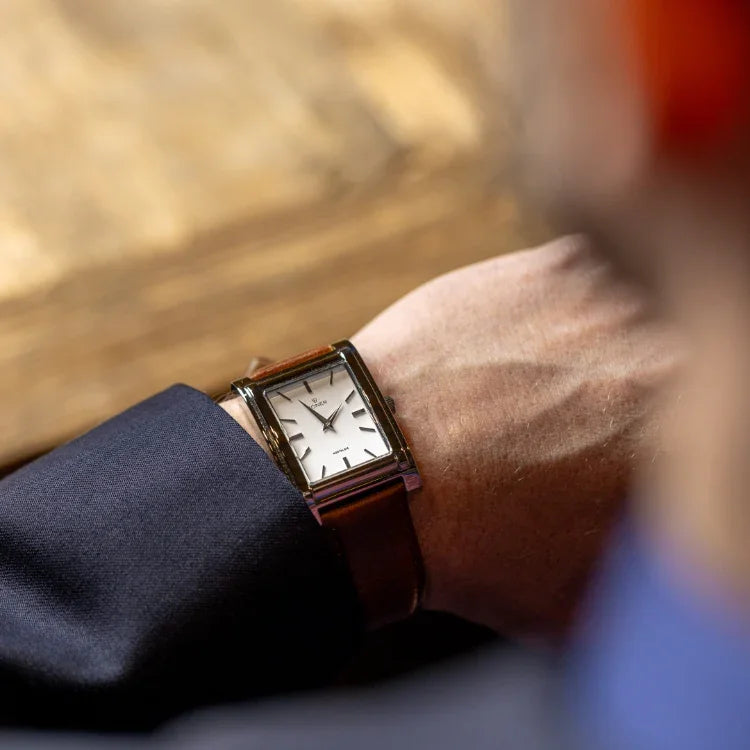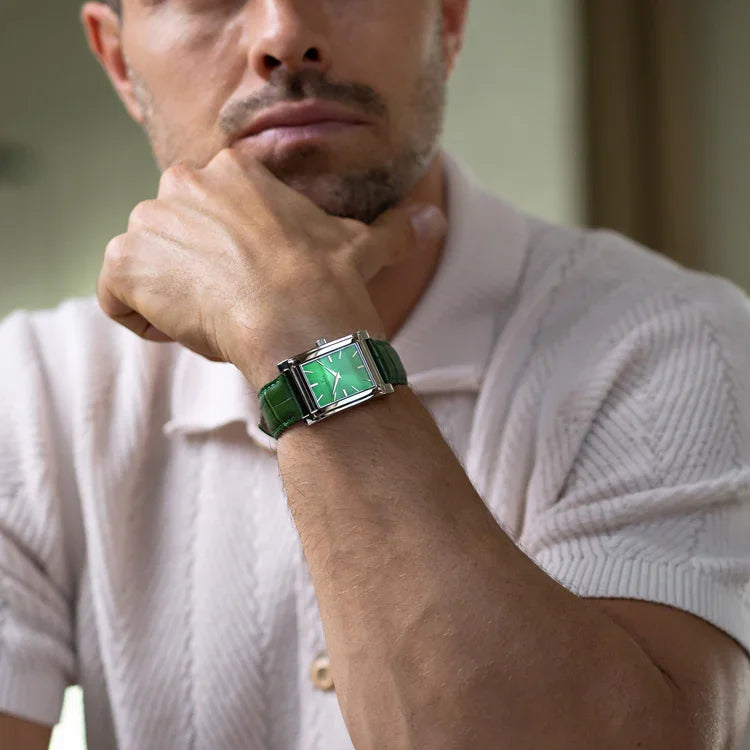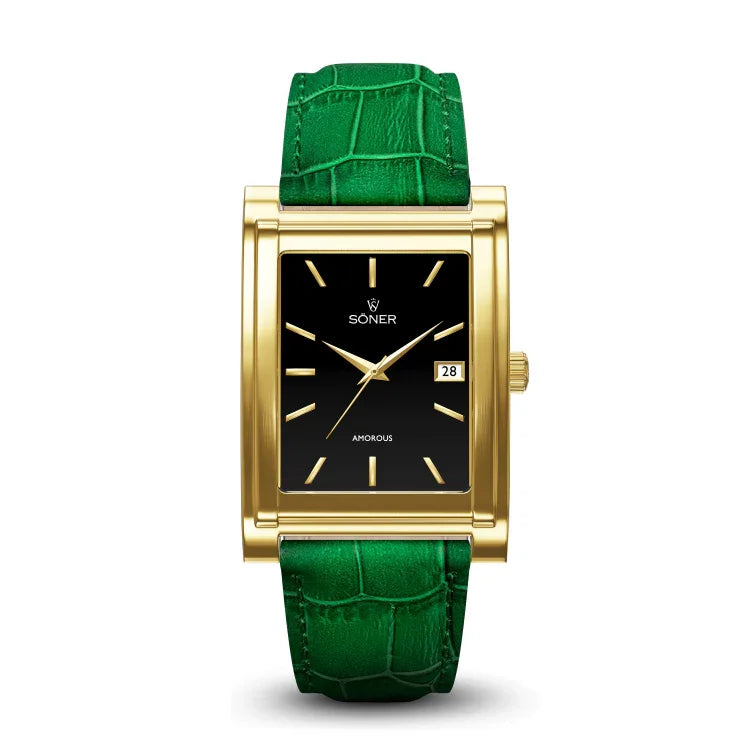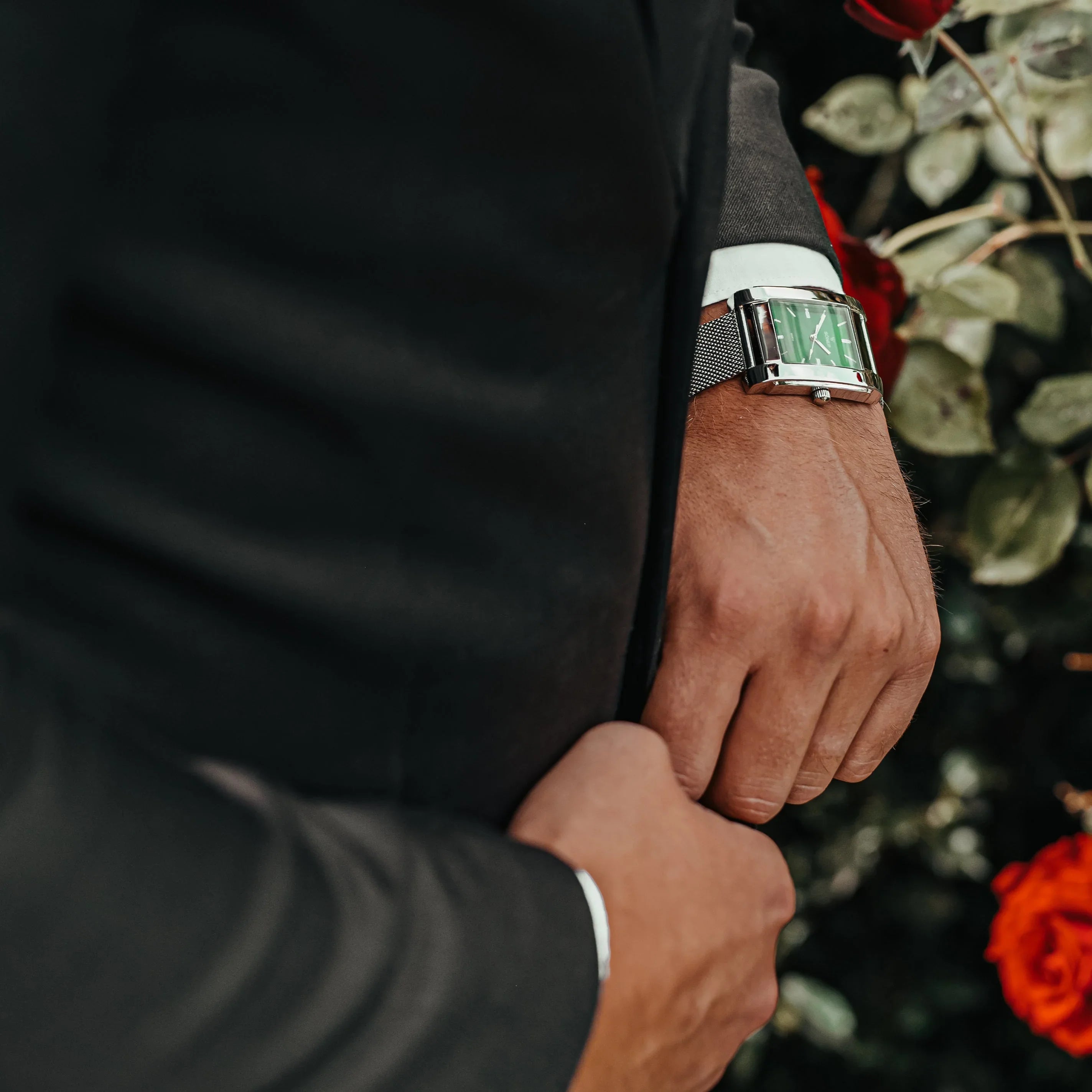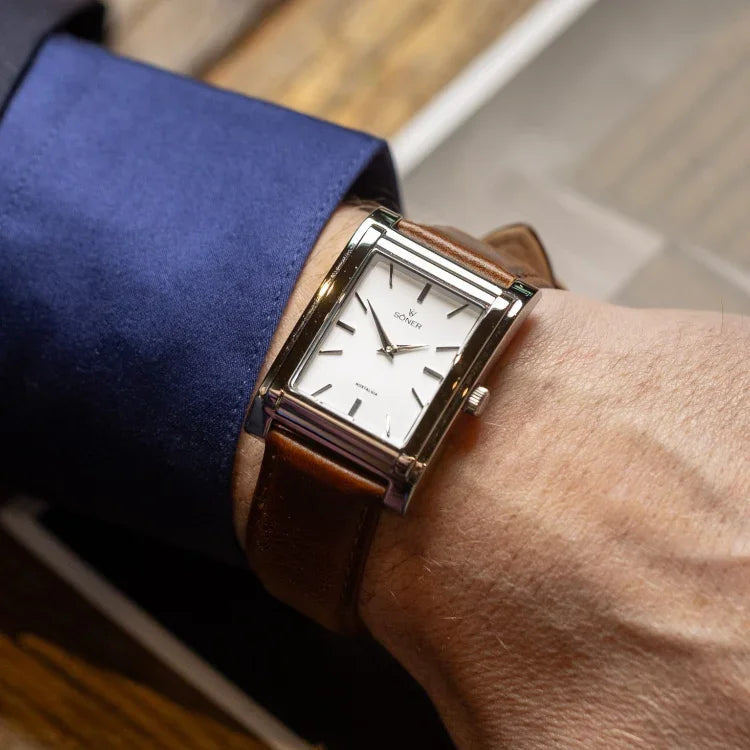Table of Contents
The Ultimate Guide to Watches for Men
Watches for men come in many designs, each crafted for specific functions and lifestyles. Some prioritize elegance, while others focus on performance or cutting-edge technology. Understanding these different categories can help you choose the right timepiece for your wardrobe and needs.
A watch is more than just a tool for telling time—it’s a statement of style, a symbol of craftsmanship, and in many cases, a functional companion for various activities. Whether you need a sleek dress watch for formal events, a rugged sports watch for outdoor adventures, or a high-tech smartwatch for daily use, there’s a perfect watch type for every occasion.
This guide explores the main watch types for men, detailing their characteristics, ideal use cases, and some of the most iconic models within each category.
Understanding the Different Types of Watches for Men
Each watch type serves a specific purpose, whether it’s functionality, aesthetics, or a combination of both. Some are designed for formal occasions, others for extreme environments, and some cater to modern lifestyles with smart features.
Watches come in many styles, each designed for a specific purpose, whether for practicality, appearance, or a blend of both. Some watches are crafted to complement formal attire, adding a touch of elegance to suits and dress shirts. Others are built for extreme conditions, offering durability and specialized features for outdoor adventures, sports, or diving. In contrast, modern smartwatches integrate technology, providing functions like fitness tracking, notifications, and apps that enhance everyday convenience. Understanding these different watch types helps in choosing the right one to match your lifestyle, personal style, and functional needs.
The major types of watches for men include:
- Classic & Dress Watches – Elegant and refined, perfect for formal wear.
- Sports Watches – Rugged and functional, built for active lifestyles.
- Digital Watches – Practical and feature-packed, offering electronic displays.
- Smartwatches – High-tech, fitness-tracking, and notification-enabled devices.
- Casual Watches – Versatile and stylish, suitable for daily wear.
- Luxury Watches – Premium watches with top-tier craftsmanship.
- Tourbillon Watches – Intricately engineered timepieces known for their high prestige.
- Rectangular Watches – A bold alternative to traditional round watches.
- Pilot Watches – Aviation-inspired timepieces with large, legible dials.
- Diving Watches – Designed for underwater use with high water resistance.
- Chronograph Watches – Timepieces with stopwatch functionality for precision timing.
- Vintage Watches – Collectible and historically significant models.
Below, we dive into each type, explaining their unique traits, benefits, and some well-known examples.
1. Classic and Dress Watches for Men: Timeless Elegance
Classic and dress watches are designed to enhance formal and professional attire, focusing on understated sophistication. These timepieces prioritize simplicity, refinement, and a slim profile, ensuring they complement rather than overpower an outfit.
Crafted from high-quality materials like polished stainless steel or gold, they exude a sense of luxury without being overly flashy. Straps are typically made from fine leather or elegant metal bracelets, adding to their refined appeal.
The dials of dress watches follow a minimalist approach, featuring clean hour markers, slender hands, and little to no complications beyond basic timekeeping—sometimes including a discreet date display. Unlike sports or tool watches, they avoid excessive features, instead offering a timeless aesthetic that pairs seamlessly with business suits, black-tie attire, and formal occasions. Whether worn to a high-profile meeting or an evening gala, these watches are designed to make a subtle yet sophisticated statement.
Characteristics of This Type
- Minimalist Design – Clean and uncluttered dial with simple hour markers and hands.
- Slim Case – Thin profile that fits comfortably under a shirt cuff.
- Elegant Materials – Made with polished steel, gold, or platinum, paired with leather or fine metal bracelets.
- Classic Dial Layout – Typically no chronographs or multiple complications, sometimes featuring a date window.
- Formal Aesthetic – Designed to complement suits, tuxedos, and professional attire.
Examples of Three Well-Known Watch Models in This Type
- Cartier Tank Must – A legendary rectangular dress watch with an Art Deco-inspired design and a slim case.
- Jaeger-LeCoultre Reverso Classic – An iconic reversible watch with a sophisticated, minimalist dial.
- Söner Amorous – A beautiful rectangular dress watch that embodies traditional watchmaking.
2. Sports Watches for Men: Built for Performance and Durability
Sports watches are designed to handle tough conditions while offering practical features for active lifestyles. Unlike dress watches, which emphasize elegance and minimalism, sports watches focus on strength, resilience, and functionality. They are built with durability in mind, often featuring shock resistance, water resistance, and specialized tools like chronographs for timing, tachymeters for measuring speed, or GPS tracking for navigation.
These watches tend to be larger in size, with bold designs and high-contrast dials to ensure easy readability in any environment. The materials used for their straps—rubber, silicone, or metal—are chosen for their ability to withstand sweat, water, and physical impact. Whether you’re a diver exploring the depths, a runner tracking your pace, or an outdoor adventurer braving extreme conditions, sports watches are built to keep up with your active pursuits.
Characteristics of This Type
- Durable Construction – Shock-resistant and water-resistant materials.
- Additional Functions – Features like a chronograph, tachymeter, or barometer.
- Bold and Readable Design – Large numerals and luminous hands for visibility.
- Comfortable Fit – Secure straps made of rubber, silicone, or metal.
Examples of Three Well-Known Watch Models in This Type
- Rolex Submariner – A legendary dive watch known for its robustness and timeless style.
- Omega Speedmaster Professional – Famous as the first watch worn on the moon, featuring a chronograph.
- TAG Heuer Monaco – A square-cased racing chronograph, popularized by Steve McQueen.
3. Digital Watches for Men: Modern Features for Everyday Use
Digital watches use electronic displays instead of traditional hour and minute hands, showing the time in numerical format on an LCD (liquid crystal display) or LED (light-emitting diode) screen. These screens allow for easy readability, even in low-light conditions, with many models featuring a backlight for nighttime visibility.
Beyond just telling time, digital watches often include practical features such as alarms, timers, and stopwatches, making them highly functional for daily activities. They are known for their accuracy, as they rely on quartz technology, which keeps time more precisely than many mechanical watches.
Unlike analog watches, digital models are usually made from lightweight materials like resin or plastic, ensuring both durability and comfort. Many also come with additional features like fitness tracking, multiple time zones, and water resistance, making them a great choice for sports, travel, and everyday use. Whether you need a simple, easy-to-read watch or a feature-packed companion for an active lifestyle, digital watches offer modern functionality in a durable, user-friendly design.
Characteristics of This Type
- Electronic Display – Digital readout instead of analog hands.
- Feature-Packed – Includes alarms, timers, and world time functions.
- Durable and Lightweight – Often made from resin or lightweight metals.
- Backlight for Visibility – Ideal for low-light conditions.
Examples of Three Well-Known Watch Models in This Type
- Casio G-Shock DW-5600 – A tough, shock-resistant digital watch.
- Timex Ironman – A sports watch with multiple timers and alarms.
- Seiko Prospex Fieldmaster – A hybrid digital-analog watch built for adventure.
4. Smartwatches for Men: The Perfect Blend of Tech and Style
Smartwatches merge classic watch aesthetics with advanced digital technology, making them an ideal choice for those who want both convenience and connectivity on the go. Unlike traditional watches, which focus solely on timekeeping, smartwatches function as mini-computers on your wrist, syncing with smartphones to keep users informed and efficient throughout the day.
A smartwatch is a digital wristwatch with advanced technology that extends far beyond traditional timekeeping. Unlike classic analog or digital watches, smartwatches function as mini-computers worn on the wrist, featuring touchscreen displays, wireless connectivity, and a range of interactive features. These watches are designed to sync with smartphones via Bluetooth or Wi-Fi, allowing users to receive notifications, track health metrics, control music, and even manage smart home devices—all from their wrist.
At their core, smartwatches run on specialized operating systems like Apple’s watchOS, Google’s Wear OS, or proprietary software from brands like Samsung and Garmin. They come equipped with sensors that track fitness and health data, such as heart rate, steps, calories burned, and even advanced metrics like ECG (electrocardiogram) readings and blood oxygen levels. Some models also include GPS for navigation, NFC for contactless payments, and voice assistants like Siri or Google Assistant for hands-free control.
One of the biggest advantages of smartwatches is their versatility. They feature fully customizable watch faces, allowing users to switch between classic analog-style dials or digital displays showing real-time data. Many models support third-party apps, from workout tracking and meditation guides to calendar reminders and weather updates. Some smartwatches even offer LTE connectivity, enabling users to make calls and send messages without needing their phone nearby.
Whether used for fitness, productivity, or convenience, smartwatches redefine what a watch can do, making them an essential accessory for anyone who values both technology and style.
Characteristics of This Type
- Touchscreen Interface – Allows easy navigation of apps and notifications.
- Health and Fitness Tracking – Includes heart rate monitoring, step tracking, and workout modes.
- Notifications and Calls – Syncs with smartphones for alerts and communication.
- Customizable Watch Faces – Digital displays that can be personalized.
Examples of Three Well-Known Watch Models in This Type
- Apple Watch Series 9 – A versatile smartwatch with advanced fitness tracking and seamless Apple integration.
- Samsung Galaxy Watch 6 – A stylish smartwatch that supports Android devices with call and messaging functions.
- Garmin Fenix 7 – A rugged GPS smartwatch built for outdoor adventurers.
5. Casual Watches for Men: Everyday Style and Versatility
Casual watches for men are designed to be worn every day, offering a perfect mix of practicality and style. They are less formal than dress watches but not as rugged as sports or adventure watches, making them adaptable to different settings.
These watches come in a wide range of designs, from sleek and minimalist to those with more detailed dials and additional features. Their versatility allows them to be paired effortlessly with casual outfits like jeans and a t-shirt, as well as business-casual attire such as chinos and a button-down shirt. For men who want a reliable, stylish watch that suits most occasions without feeling too formal or too sporty, a casual watch is an ideal choice.
Characteristics of This Type
- Versatile Design – Suitable for casual and semi-formal outfits.
- Moderate Size – Not too large or too small, perfect for everyday wear.
- Easy-to-Read Dial – Often features simple hour markers and hands.
- Comfortable Fit – Leather, canvas, or silicone straps for daily use.
Examples of Three Well-Known Watch Models in This Type
- Seiko 5 SNK809 – A reliable automatic watch with a casual aesthetic.
- Citizen Eco-Drive BM8180 – A solar-powered watch with a rugged yet stylish look.
- Timex Weekender – A simple and affordable everyday watch with interchangeable straps.

6. Luxury Watches for Men: The Ultimate Status Symbol
Luxury watches for men represent the highest level of watchmaking, blending expert craftsmanship, premium materials, and intricate mechanical movements. More than just timepieces, they serve as expressions of success, heritage, and personal style. Unlike mass-produced watches, luxury timepieces are meticulously crafted with extraordinary attention to detail, ensuring exceptional quality and longevity.
One defining characteristic of luxury watches is the use of high-end materials. Cases are often made from precious metals such as gold, platinum, or titanium, while dials feature hand-applied details, intricate guilloché patterns, or even rare materials like mother-of-pearl or meteorite. The glass protecting the dial is typically sapphire crystal, known for its scratch resistance and clarity. Straps and bracelets are made from premium leather, stainless steel, or even exotic materials like alligator skin.

At the heart of a luxury watch is its movement—the intricate mechanism that powers it. Many luxury brands use in-house, hand-assembled mechanical movements, often requiring hundreds of components working in perfect harmony. These movements can feature advanced complications such as perpetual calendars, tourbillons, moon phases, or dual-time zones, showcasing the artistry and technical expertise behind each watch.
Scarcity also plays a significant role in defining luxury watches. Many high-end brands produce limited editions, sometimes making only a few hundred or even a handful of pieces worldwide. This exclusivity, combined with high-quality craftsmanship, makes luxury watches highly desirable and valuable over time. Some rare models become sought-after collector’s items, appreciating in price due to their limited production and historical significance.
Of course, luxury watches come with a high price tag, often ranging from thousands to hundreds of thousands of dollars. The cost reflects not only the materials and craftsmanship but also the heritage of the brand, the complexity of the movement, and the exclusivity of the design. Some of the most prestigious watch brands, such as Rolex, Patek Philippe, Audemars Piguet, and Vacheron Constantin, have built reputations over centuries, further enhancing their desirability.

Beyond functionality, a luxury watch is an investment in both quality and tradition. Many become cherished heirlooms, passed down through generations, carrying stories and memories along with their exquisite craftsmanship. Whether worn as a statement piece, collected as an asset, or admired for its engineering, a luxury watch represents the perfect blend of artistry, precision, and exclusivity.
Characteristics of This Type
- Premium Materials – Made with gold, platinum, or high-quality steel.
- Exceptional Craftsmanship – Meticulously engineered with fine mechanical movements.
- Timeless Elegance – Designed to remain stylish for decades.
- High Value Retention – Often appreciated as collectibles and investments.
Examples of Three Well-Known Watch Models in This Type
- Rolex Day-Date – The "President's Watch," known for its luxurious materials and prestige.
- Patek Philippe Nautilus – A sought-after luxury sports watch with an iconic design.
- Audemars Piguet Royal Oak – A high-end timepiece with a bold, octagonal case.
7. Pilot Watches: Designed for the Skies
Pilot watches, also known as aviation watches, have a rich history rooted in the early days of flight. These timepieces were essential tools for aviators before the advent of modern navigation systems, providing precise timekeeping necessary for calculating flight distances, fuel consumption, and estimated arrival times. Designed for maximum legibility, robustness, and ease of use, pilot watches ensured reliability in high-pressure situations. Their large, high-contrast dials with bold numerals and luminous hands allowed pilots to read the time at a glance, even in dimly lit cockpits or turbulent conditions. The oversized crowns, a signature feature, were designed to be easily adjusted while wearing gloves, making them practical for mid-flight use.
Modern pilot watches preserve the essence of their historical predecessors while integrating new technologies for enhanced functionality. Many models feature GMT complications, allowing pilots and frequent travelers to track multiple time zones simultaneously. Some include slide rule bezels, originally used for in-flight calculations such as fuel consumption and ground speed, offering additional utility beyond basic timekeeping. With their durable construction, clear legibility, and aviation-inspired aesthetics, pilot watches remain a favorite among both professionals and watch enthusiasts who appreciate their blend of heritage and functionality.
Characteristics of This Type
- Large, Legible Dials – High-contrast numerals and luminous hands for easy reading.
- Oversized Crown – Allows for adjustments even when wearing gloves.
- Multiple Time Zones – Many models feature GMT or dual-time functions.
- Slide Rule Bezels – Used for aviation-related calculations.
- Durable Construction – Built to withstand high altitudes and pressure changes.
Examples of Three Well-Known Watch Models in This Type
- IWC Big Pilot – A classic aviation watch with an oversized dial and power reserve indicator.
- Breitling Navitimer – Features a slide rule bezel for flight calculations.
- Rolex GMT-Master II – A pilot’s watch with a dual-time function, perfect for frequent travelers.
8. Dive Watches: Built for the Depths
Dive watches are engineered to withstand the extreme pressures of underwater exploration, offering exceptional water resistance, durability, and readability in low-light conditions. Originally developed as essential tools for professional divers, they have since become a favorite among watch enthusiasts and everyday wearers due to their rugged construction and bold aesthetics.
A defining feature of dive watches is their high water resistance, typically ranging from 200 meters to over 1000 meters, ensuring reliability at significant depths. Many models include a unidirectional rotating bezel, which helps divers track their dive time and avoid miscalculations that could lead to decompression issues. Additionally, luminous hands and markers ensure legibility even in the darkest underwater environments.
For deep-sea and saturation divers, helium escape valves are a critical feature. When divers spend prolonged periods in pressurized environments like dive bells or underwater habitats, helium gas from breathing mixtures can seep into the watch case. As the diver ascends, the gas expands and could potentially damage the watch. The helium escape valve safely releases this trapped gas, preventing the crystal from popping off or the case from being compromised.
When it comes to breaking records, no dive watch has gone deeper than the Rolex Deepsea Challenge, which holds the world record for the deepest dive ever survived by a wristwatch. In 2012, filmmaker and explorer James Cameron wore the Deepsea Challenge on his submersible’s exterior as he descended to 10,908 meters (35,787 feet) in the Mariana Trench, proving the watch’s ability to handle the most extreme underwater conditions.
While dive watches were once purely functional survival tools, they are now valued for their blend of durability, precision, and design—making them just as suited for deep-sea expeditions as they are for everyday wear.
Characteristics of This Type
- High Water Resistance – Ranges from 200m (20 ATM) to 1000m+ (100 ATM) for deep-sea diving.
- Rotating Bezel – Tracks elapsed time underwater.
- Luminous Markers – Ensures visibility in dark underwater environments.
- Helium Escape Valve – Prevents pressure build-up in extreme dives.
- Stainless Steel or Titanium Cases – Resistant to corrosion and harsh conditions.
Examples of Three Well-Known Watch Models in This Type
- Rolex Submariner – The quintessential dive watch, known for its robustness and elegance.
- Omega Seamaster Professional 300M – Famously worn by James Bond, featuring a helium escape valve.
- Seiko Prospex Marinemaster – A high-performance dive watch with deep-sea capabilities.
9. Vintage Watches: Classic Timepieces with History
Vintage watches for men are more than just timepieces—they are pieces of history that tell a story through their design, craftsmanship, and the eras they come from. Whether admired for their unique aesthetics, traditional watchmaking techniques, or connections to significant historical events, vintage watches hold a special appeal for collectors and enthusiasts alike.
The term "vintage" doesn’t have a strict definition, but most collectors agree that a watch qualifies as vintage if it is at least 20 to 30 years old. These watches often showcase mechanical movements that require manual winding or automatic operation, adding to their charm and authenticity. Many feature details that have aged beautifully over time, such as patina dials, domed acrylic crystals, and classic leather straps.
The fascination with vintage watches extends to historical timepieces, including the world’s oldest known surviving watch, the Pomander Watch, created by Peter Henlein in the early 16th century. This small, spherical timepiece, made in Germany around 1505, represents one of the first portable watches ever crafted. While vastly different from the wristwatches we know today, it laid the foundation for centuries of innovation in watchmaking. Today, the Pomander Watch is displayed at the Germanisches Nationalmuseum in Nuremberg, Germany, where it offers a glimpse into the early days of horology.
The enduring appeal of vintage watches lies in their ability to bridge the past with the present, offering both a functional accessory and a tangible connection to the artistry and history of watchmaking.
Characteristics of This Type
- Aged Aesthetic – Includes patina on dials, faded bezels, and vintage-style hands.
- Mechanical Movements – Typically hand-wound or automatic calibers.
- Historical Significance – Often linked to specific eras or milestones.
- Rare and Collectible – Limited availability increases their desirability.
- Classic Design Elements – Acrylic crystals, smaller case sizes, and traditional materials.
Examples of Three Well-Known Watch Models in This Type
- Rolex Explorer 1016 – A highly collectible vintage model with a rich mountaineering history.
- Omega Speedmaster 1969 – The original Moonwatch, worn by astronauts during Apollo missions.
- Patek Philippe Calatrava 1940s – A vintage dress watch celebrated for its timeless elegance.
10. Tourbillon Watches: The Art of Precision
Tourbillon watches are considered one of the finest achievements in watchmaking, showcasing both technical mastery and artistic craftsmanship. The tourbillon mechanism, first developed for pocket watches, was designed to improve accuracy by counteracting the effects of gravity on the movement. It does this by continuously rotating the escapement, the part of the watch responsible for regulating time.
The movement inside a tourbillon watch, known as a tourbillon, is an advanced mechanical engine that integrates this rotating mechanism. Unlike standard watch movements, a tourbillon features a delicate, cage-like structure that houses the balance wheel and escapement, ensuring constant motion to offset timing errors. This level of engineering requires exceptional precision and craftsmanship, making tourbillon watches highly valued in the world of haute horology.
While advancements in modern watch technology have made the tourbillon less of a necessity, it remains a hallmark of high-end watchmaking and a symbol of prestige. Collectors and enthusiasts highly value tourbillon watches for their mechanical complexity and the skill required to produce them. Many feature open-worked dials, allowing wearers to admire the mesmerizing rotation of the tourbillon, which adds both technical intrigue and visual appeal.
Characteristics of This Type
- Tourbillon Mechanism – Continuously rotates to enhance accuracy.
- Visible Movement – Many feature skeleton dials to highlight the craftsmanship.
- Prestige and Exclusivity – Typically found in ultra-luxury watches.
- Highly Complex Engineering – Requires expert craftsmanship and precision.
- Investment Value – Sought-after by collectors worldwide.
Examples of Three Well-Known Watch Models in This Type
- Audemars Piguet Royal Oak Tourbillon – A luxurious fusion of tourbillon technology and contemporary design.
- Breguet Classique Tourbillon – A tribute to Abraham-Louis Breguet, the inventor of the tourbillon.
- Vacheron Constantin Overseas Tourbillon – A blend of sportiness and high-end horology.
11. Rectangular Watches: Bold and Timeless
Rectangular watches for men break away from the traditional round shape, offering a unique and refined alternative that stands out. Their design is deeply rooted in Art Deco aesthetics, a style known for its geometric elegance and vintage appeal. This gives rectangular watches a timeless sophistication that sets them apart from more common designs.

Their structured shape creates a sleek, balanced look on the wrist, making them a popular choice for those who appreciate both classic and modern styles. Some rectangular watches embrace minimalism with clean, understated dials, while others showcase intricate details such as guilloché engravings, moon phase displays, or additional complications. Whether worn as a statement piece or a subtle nod to vintage elegance, a rectangular watch is a bold choice that blends history with contemporary refinement.
Characteristics of This Type
- Distinctive Shape – Rectangular or square cases for a bold look.
- Art Deco Influence – Inspired by 1920s and 1930s aesthetics.
- Slim Profiles – Designed for elegance and comfort.
- Dress Watch Appeal – Complements formal and business attire.
- Timeless Designs – Retains its classic appeal across generations.
Examples of Three Well-Known Watch Models in This Type
- Cartier Tank – An iconic rectangular watch with timeless appeal.
- Jaeger-LeCoultre Reverso – Originally designed for polo players, featuring a reversible case.
- Söner Momentum – A Swedish-designed rectangular watch blending innovation with classic elegance.

12. Chronograph Watches for Men: Precision and Functionality
Chronograph watches blend classic timekeeping with a built-in stopwatch, making them both stylish and highly functional. Originally designed for aviation and motorsports, these watches help track elapsed time with incredible accuracy, making them useful for timing races, flights, or even daily tasks.
A signature feature of chronograph watches is their multiple subdials and pushers on the case, giving them a sporty and intricate appearance. These watches not only serve a practical purpose but also appeal to those who appreciate detailed craftsmanship and a bold, technical aesthetic.
Key Features of Chronograph Watches
- Stopwatch Functionality – Allows precise timing using pushers and subdials.
- Multiple Subdials – Displays elapsed seconds, minutes, and sometimes hours.
- Tachymeter Scale – Found on some models, used to calculate speed over a fixed distance.
- Sporty and Technical Design – Characterized by detailed dials, extra complications, and a dynamic look.
Three Iconic Chronograph Watches
- Omega Speedmaster Moonwatch – Famous for being the first watch worn on the moon, offering legendary chronograph precision.
- Tag Heuer Carrera – A sleek, motorsport-inspired chronograph designed for speed enthusiasts.
- Breitling Navitimer – A pilot’s chronograph featuring a slide-rule bezel for advanced flight calculations.
13. Chronometer Watches for Men: Certified Accuracy and Reliability
A chronometer watch is a timepiece that meets strict precision standards, ensuring exceptional accuracy even under varying conditions. Unlike ordinary watches, a chronometer undergoes rigorous testing by an official certification body, such as the Contrôle Officiel Suisse des Chronomètres (COSC) in Switzerland. This certification guarantees that the watch maintains high precision, making it a preferred choice for professionals, sailors, pilots, and those who value precise timekeeping.
Chronometers have a long history in navigation, where accuracy was crucial for determining longitude at sea. Today, they remain a symbol of mechanical excellence and are often found in luxury and high-performance watch collections.
Chronometer watches represent the pinnacle of mechanical accuracy, offering a perfect blend of engineering excellence and timeless design. Whether worn for professional use or as a statement of quality, they ensure unparalleled reliability in timekeeping.
Key Features of Chronometer Watches
- Certified Precision – Tested and approved by official organizations like COSC.
- Stringent Accuracy Standards – Must operate within strict time deviation limits (-4 to +6 seconds per day for COSC-certified watches).
- Durability and Stability – Built to perform reliably under different environmental conditions.
- Premium Movements – Often feature high-quality materials and meticulous craftsmanship to ensure long-term precision.
Three Iconic Chronometer Watches
- Rolex Oyster Perpetual – A certified chronometer known for its robust movement and enduring accuracy.
- Omega Seamaster Aqua Terra – A high-performance timepiece with METAS certification, surpassing traditional COSC standards.
- Breitling Superocean – A professional-grade chronometer designed for diving, featuring superior water resistance and precision.
How to Choose the Best Watches for Men
Understanding Your Watch Needs
Choosing the right watch is about more than just looks—it’s about matching the timepiece to your lifestyle, preferences, and needs. Whether you’re looking for a watch to wear every day, something elegant for formal occasions, or a rugged piece for outdoor adventures, understanding the key factors that define a great watch will help you make an informed decision.
Factors to Consider When Selecting a Watch
- Occasion & Use – Think about where and how you’ll wear the watch. A dress watch with a minimalist dial and a leather strap is ideal for business settings and formal events. A diver’s watch or chronograph suits more active lifestyles, while a smartwatch provides modern convenience for daily use.
- Material & Build – The material of a watch affects its durability, weight, and overall appeal. Stainless steel is a classic and durable option, titanium is lightweight and strong, gold adds a luxurious touch, and ceramic provides scratch resistance with a modern aesthetic. The choice of material impacts both the style and function of the watch.
- Movement Type – The movement of a watch determines how it keeps time. Quartz movements are battery-powered and highly accurate, requiring minimal maintenance. Automatic movements are powered by the motion of the wrist and appeal to those who appreciate craftsmanship and mechanical engineering. Smartwatches, on the other hand, offer digital features like fitness tracking, notifications, and app integration.
- Features & Complications – Consider whether you need additional functions beyond timekeeping. A chronograph acts as a stopwatch, a GMT function allows you to track multiple time zones, and a moonphase complication displays the lunar cycle. If you engage in outdoor activities, water resistance and durability should be priorities.
- Size & Fit – A watch should feel comfortable and suit the proportions of your wrist. The case size, typically measured in millimeters, should be chosen based on your wrist size. Larger cases (42mm and above) are bold and sporty, while smaller cases (38-40mm) are more classic and understated. The thickness of the watch also plays a role in comfort, especially if you prefer a watch that slides easily under a shirt cuff.
By considering these factors, you can find a watch that fits your needs while complementing your personal style.
Conclusion: Finding the Perfect Watch for Your Style and Needs
Making the Right Choice
With so many types of watches available, the selection process may seem overwhelming at first. However, when you break it down into style, purpose, and features, choosing the perfect watch becomes much simpler. A well-chosen timepiece should not only suit your lifestyle but also reflect your personality and taste.
Matching the Watch to Your Lifestyle
If you value elegance and sophistication, a dress watch with a sleek, minimalist design might be the best fit. If you have an active lifestyle, a sports watch or diver’s watch with rugged durability and water resistance would be more suitable. For professionals or frequent travelers, a GMT watch allows you to track multiple time zones with ease. If you love technology, a smartwatch offers a wealth of digital features to keep you connected.
More Than Just a Timepiece
A watch is not just about telling time—it’s an expression of individuality, history, and craftsmanship. Whether it’s an heirloom passed down through generations or a modern piece that reflects innovation, your watch tells a story. Investing in a high-quality timepiece ensures that you have a reliable companion on your wrist that stands the test of time.
Choose wisely, and wear your watch with pride—it’s not just an accessory, but a statement of who you are.


